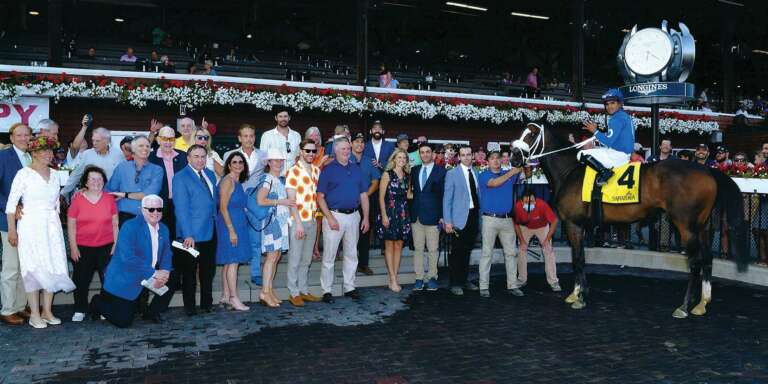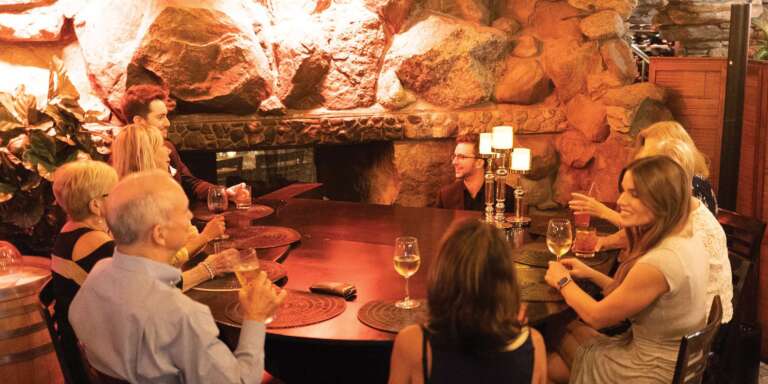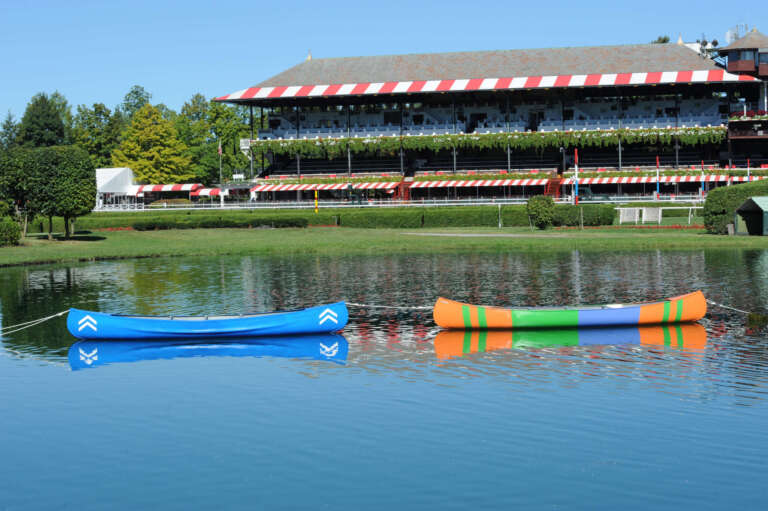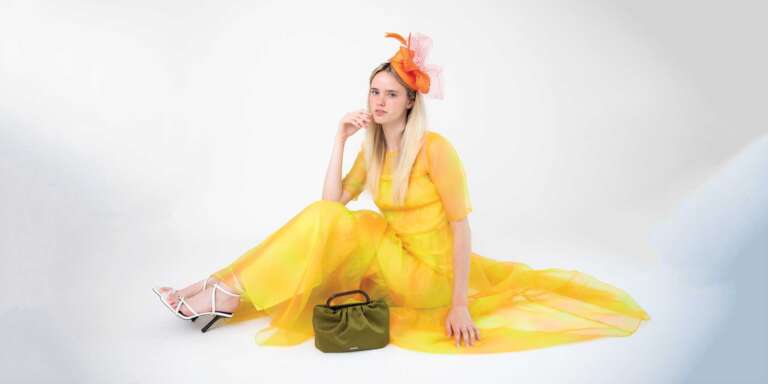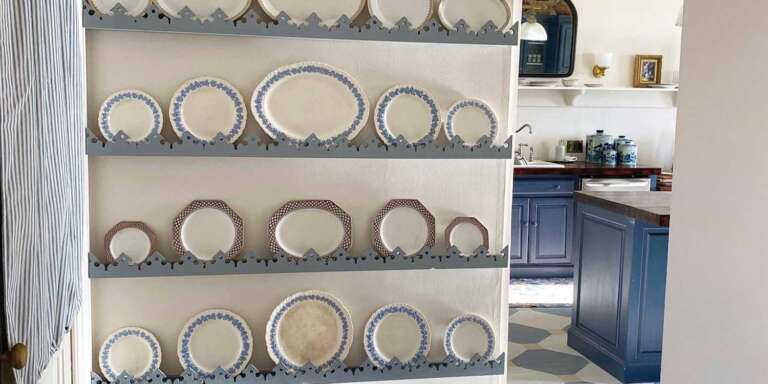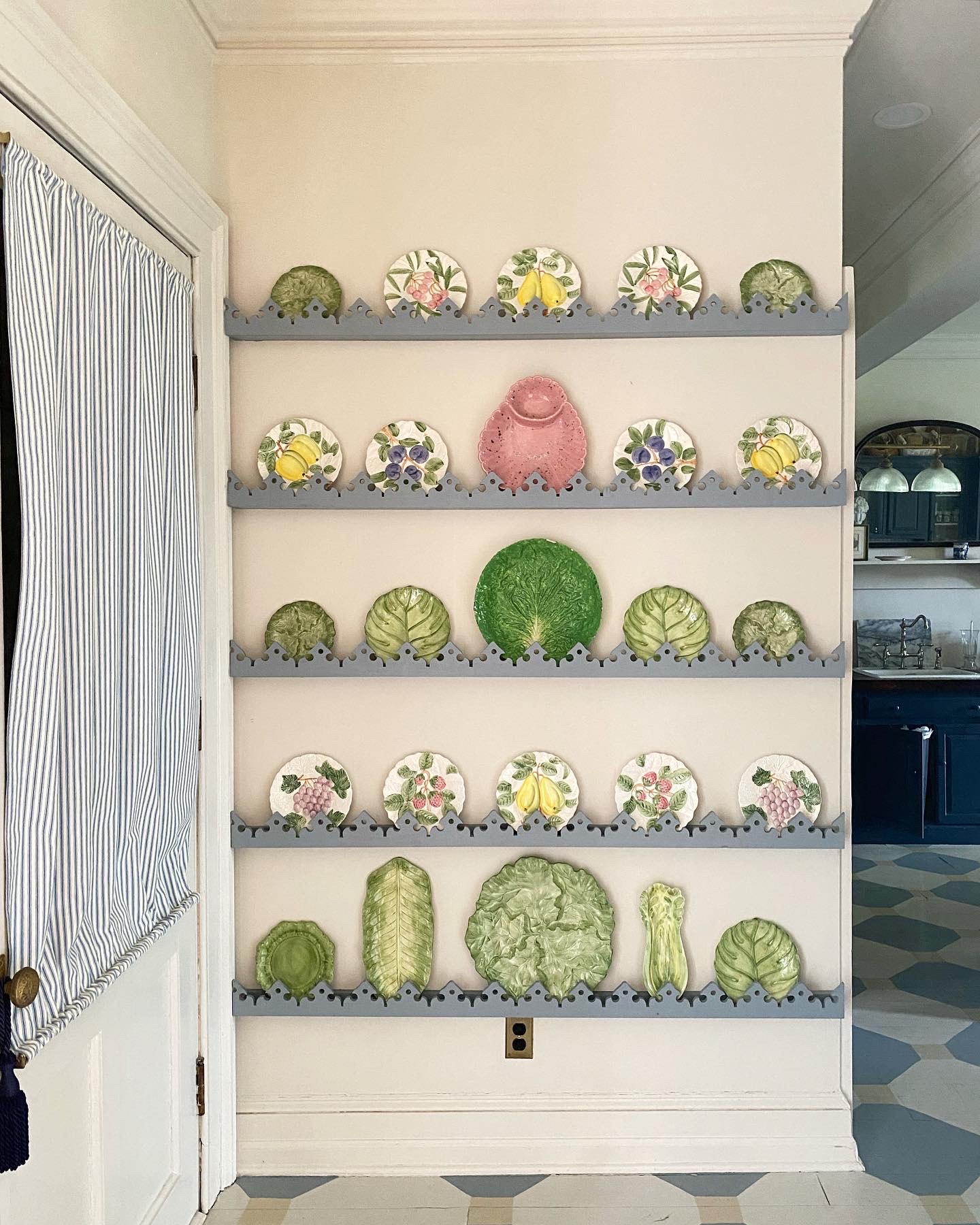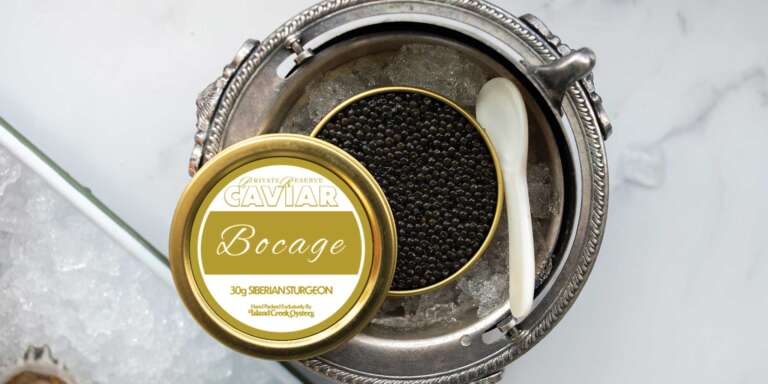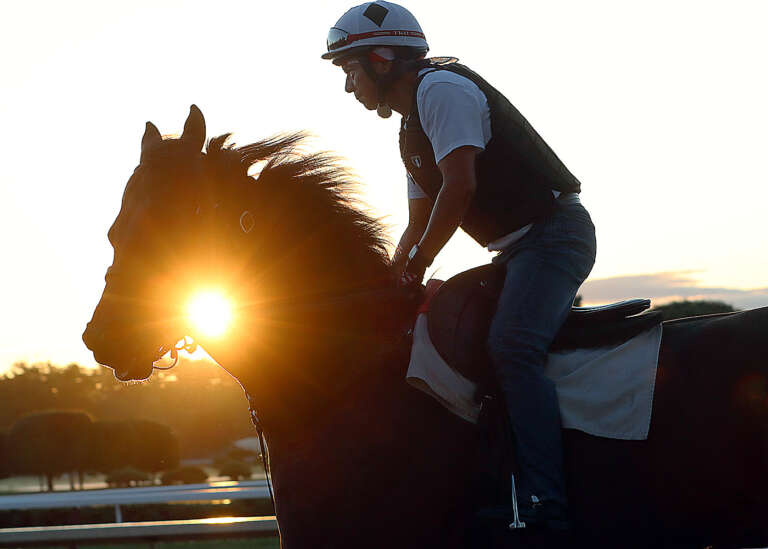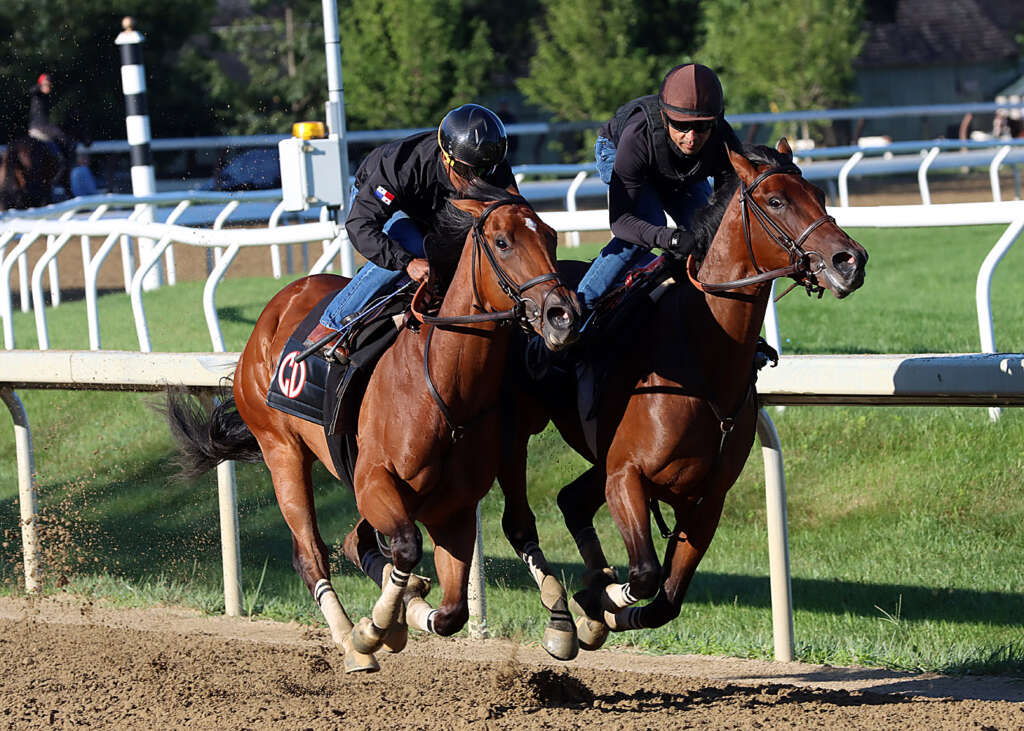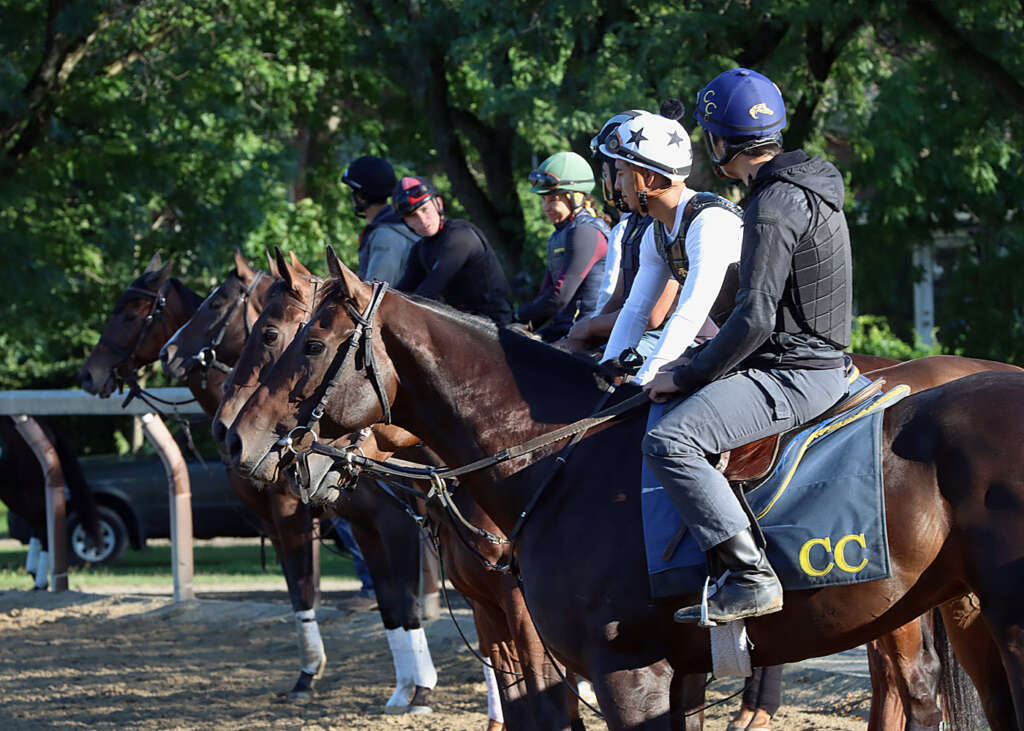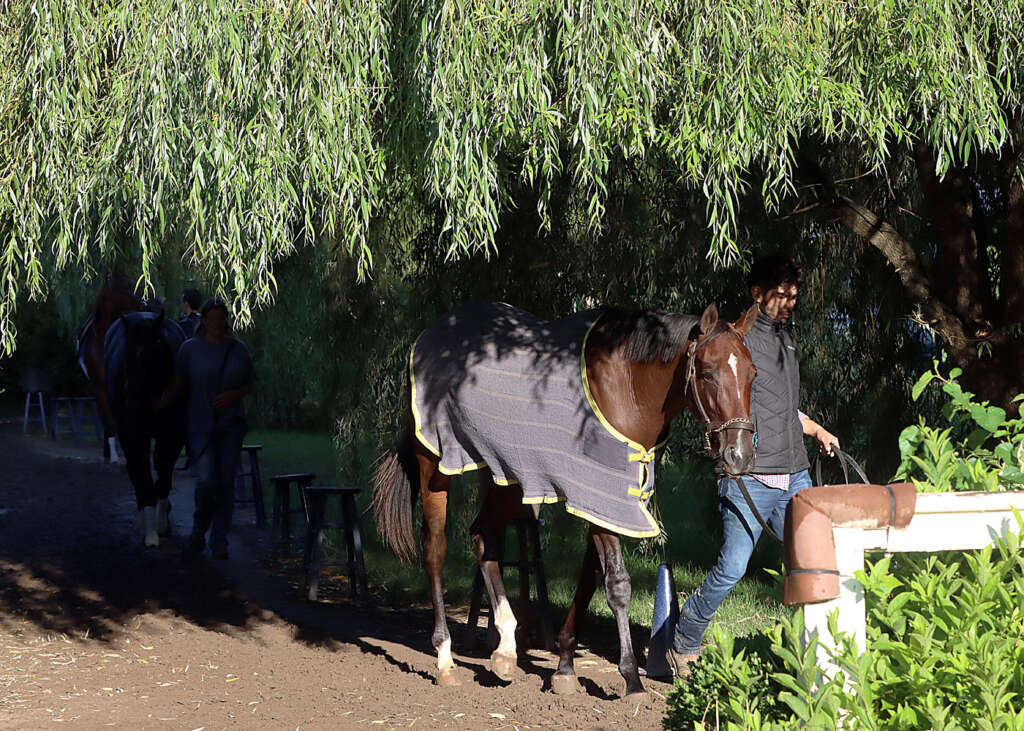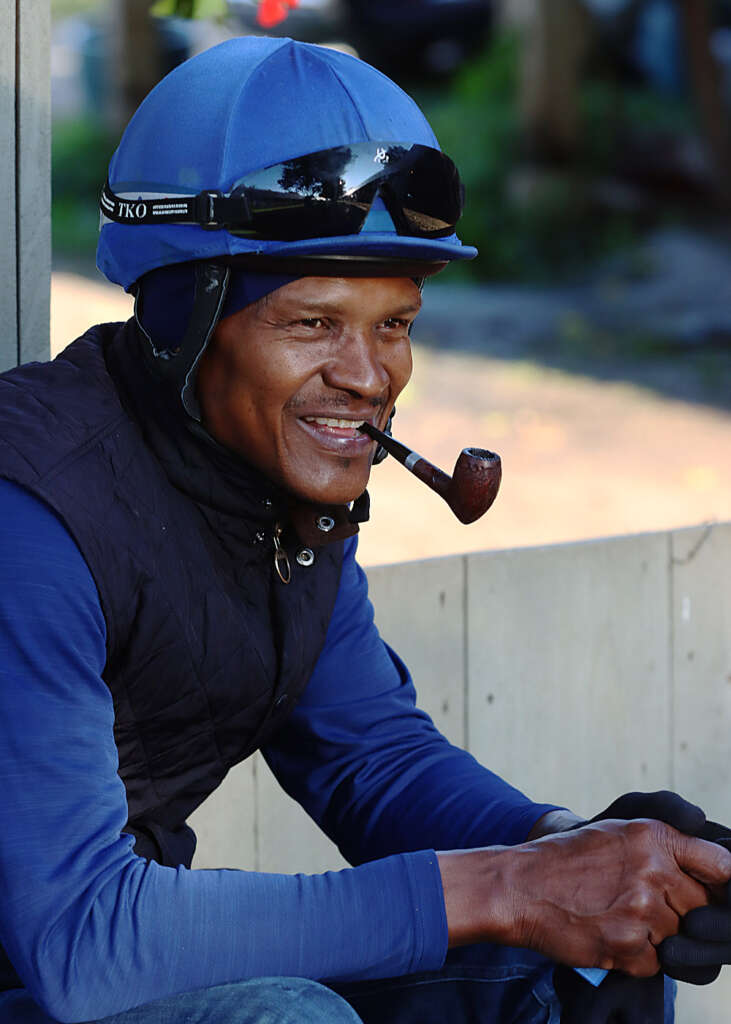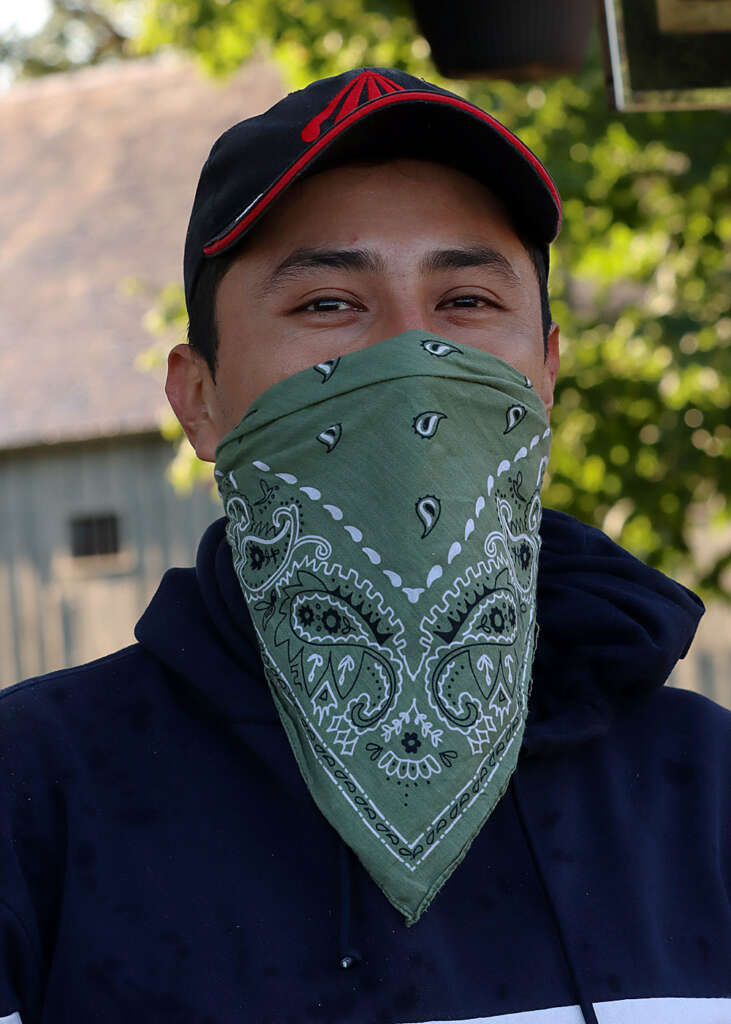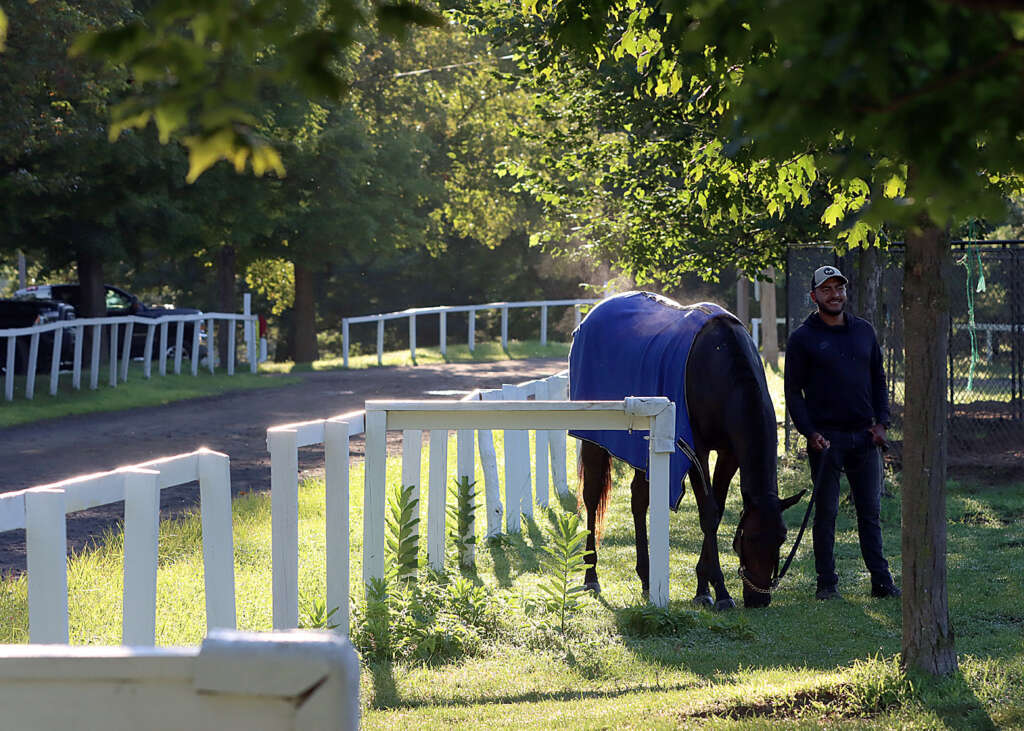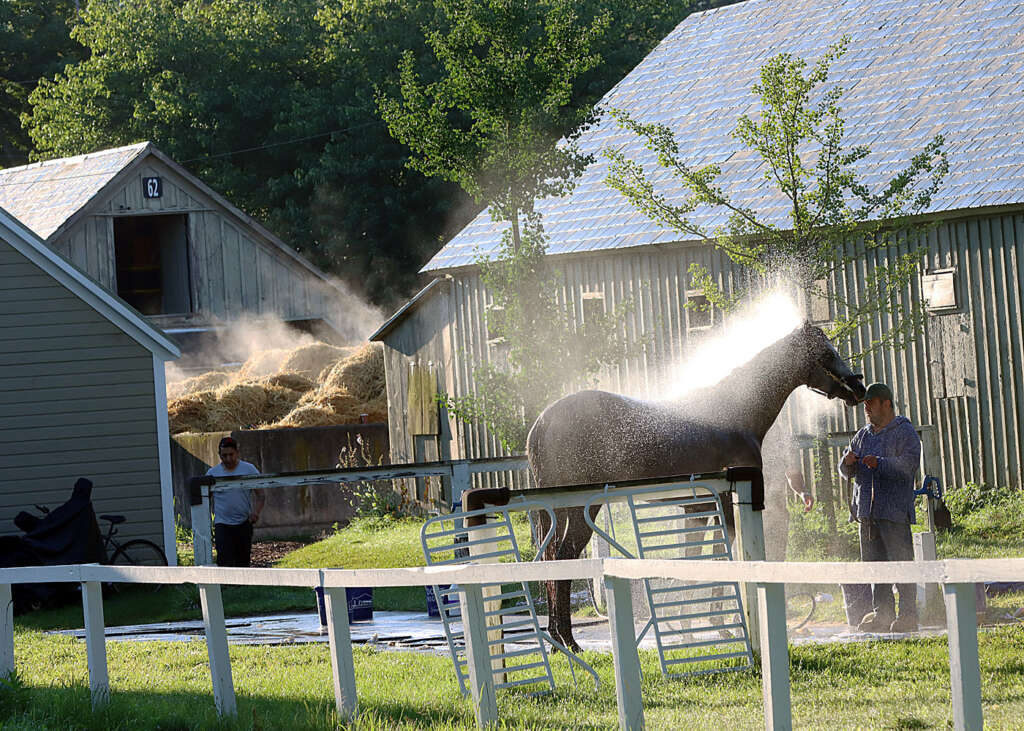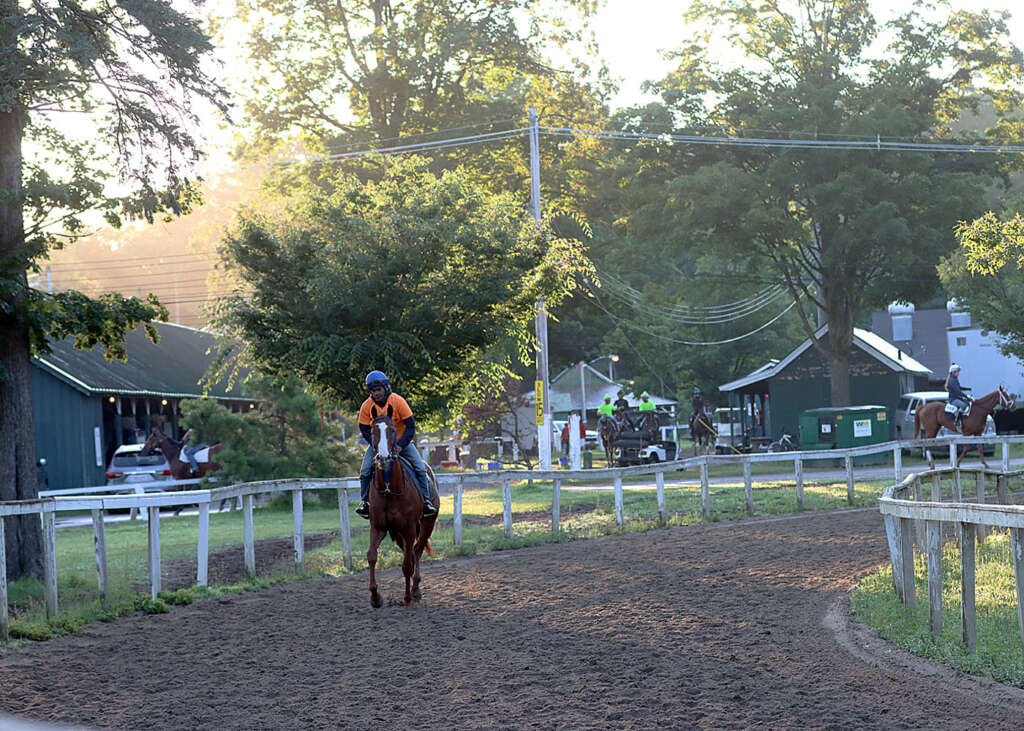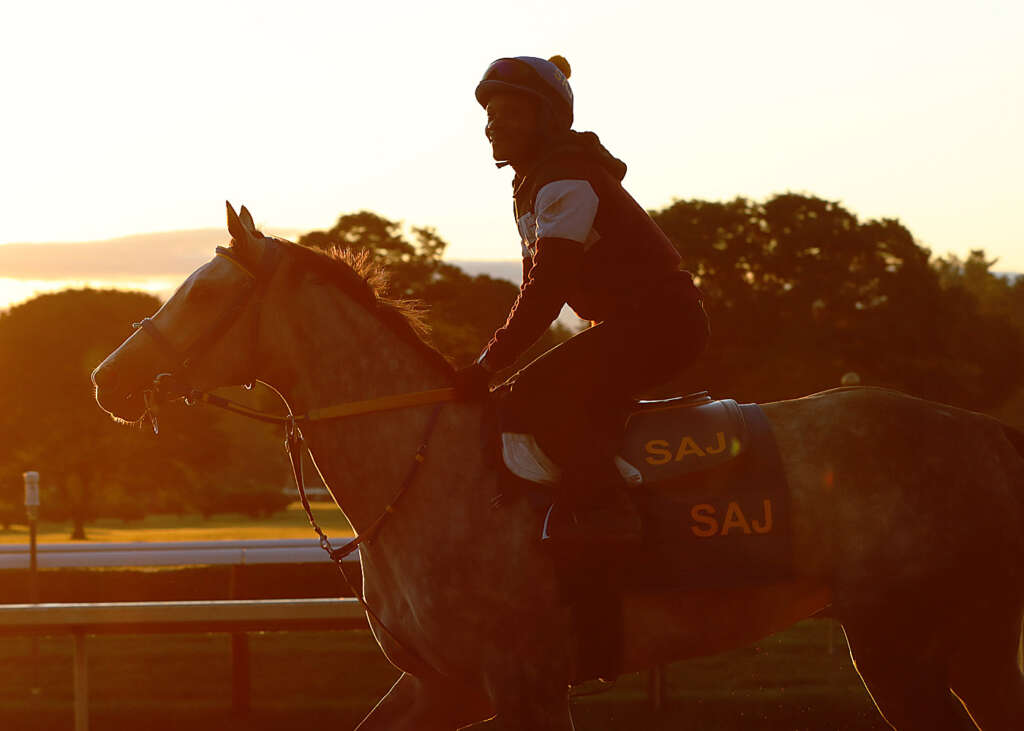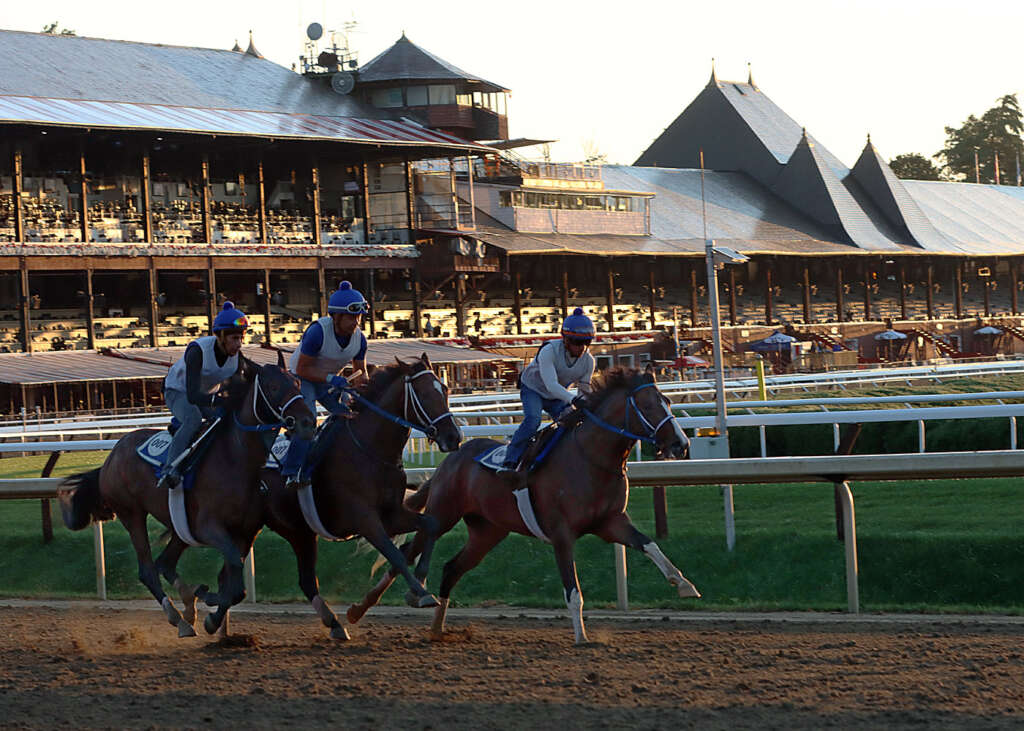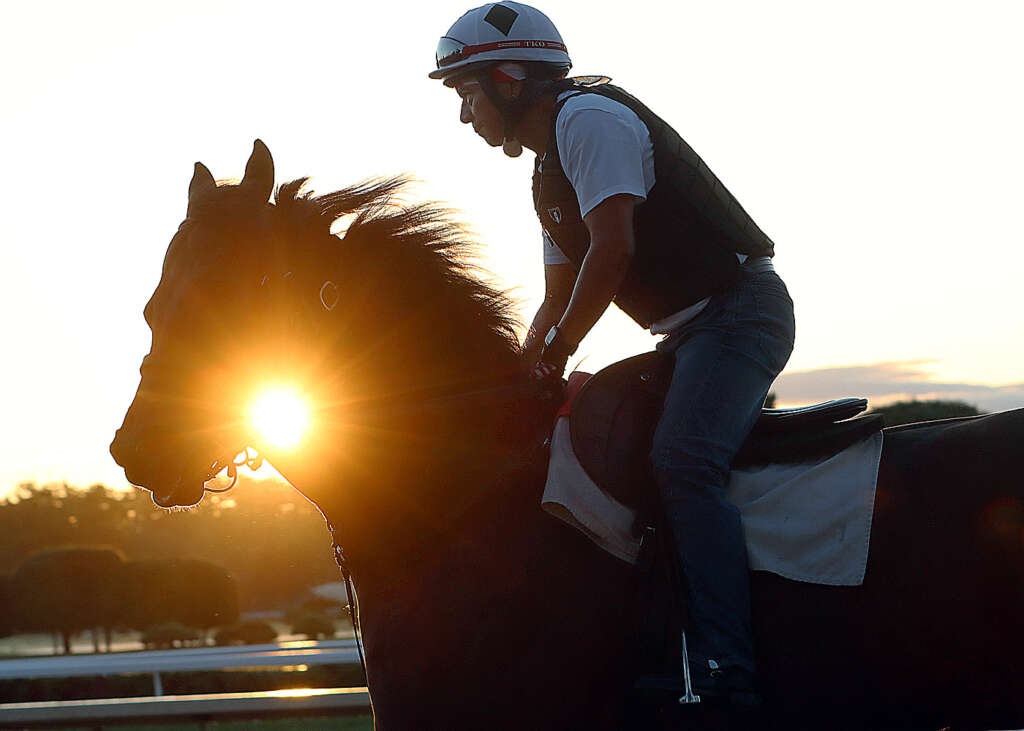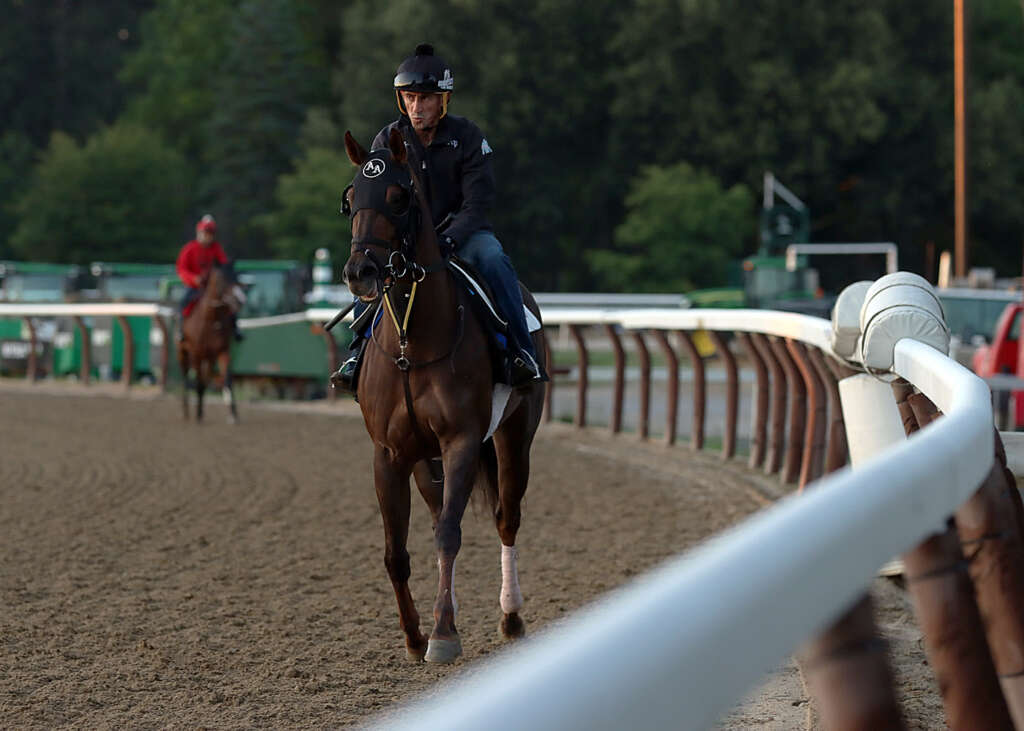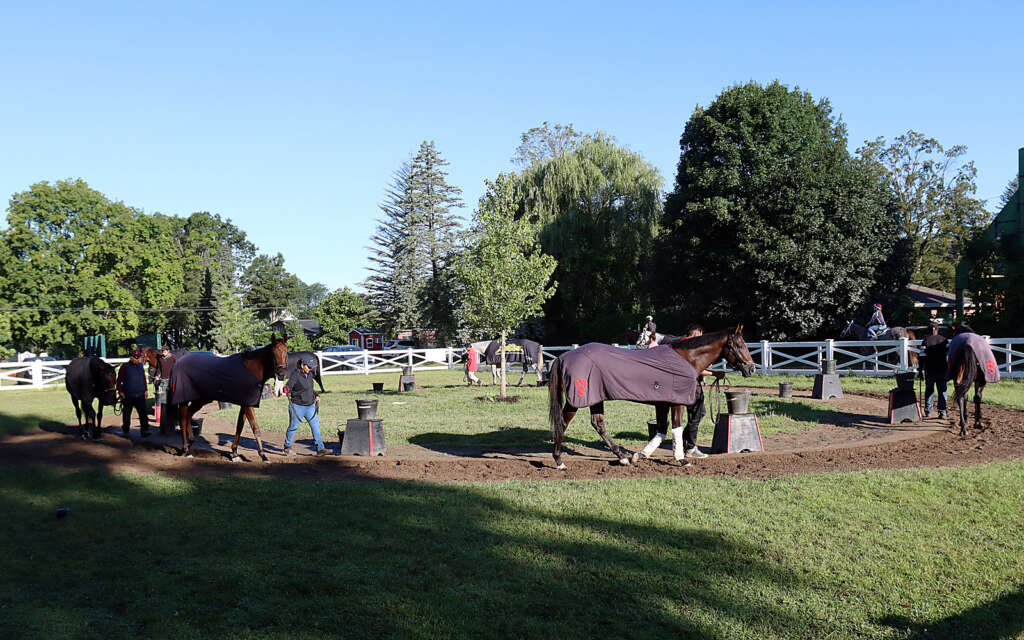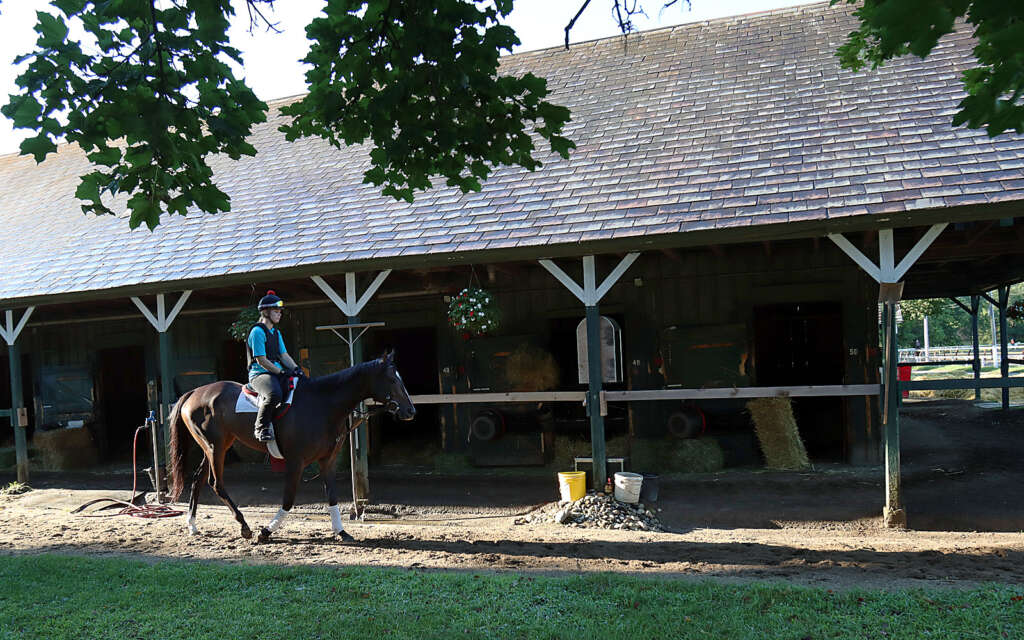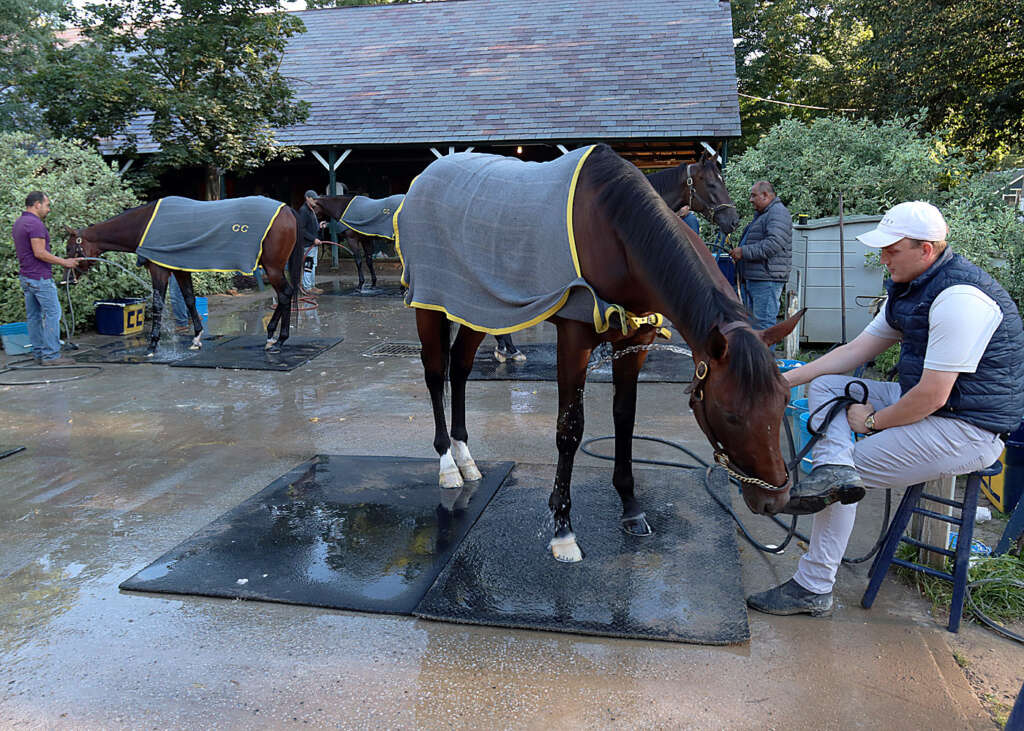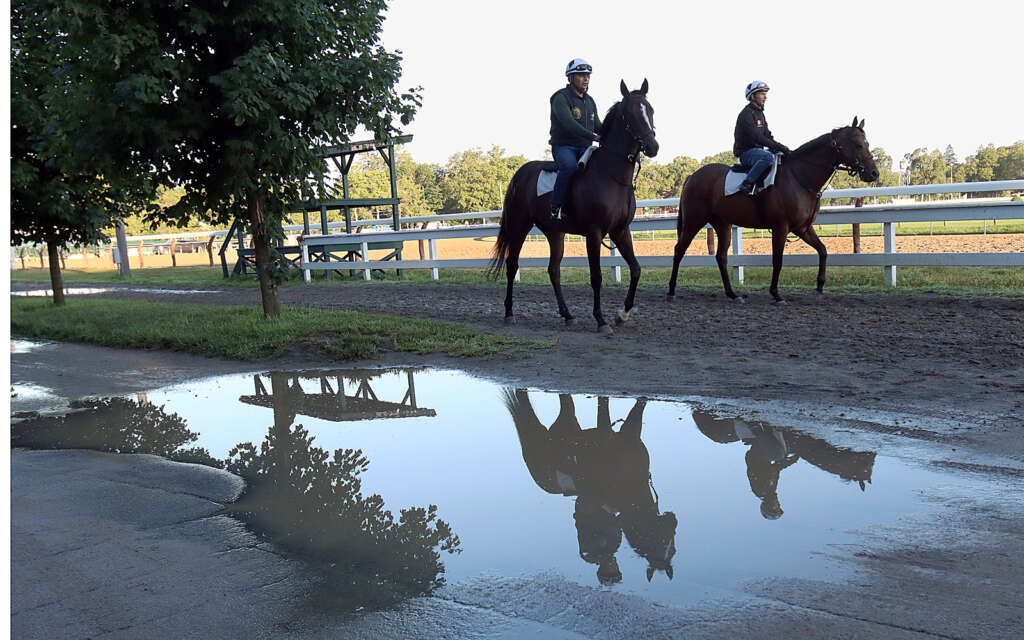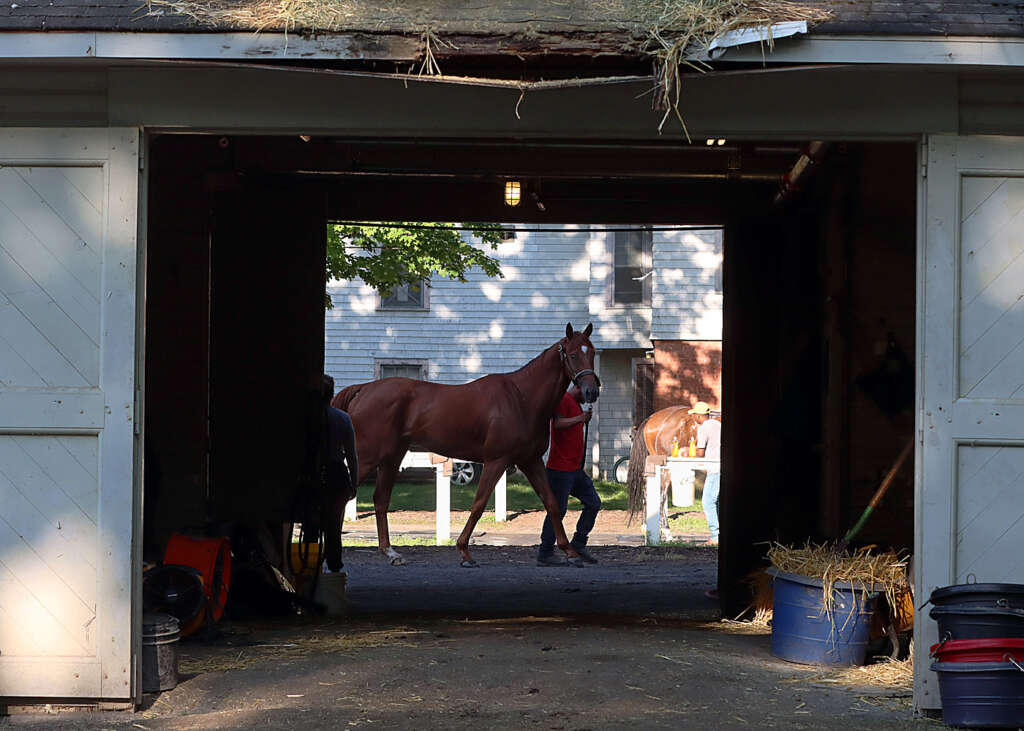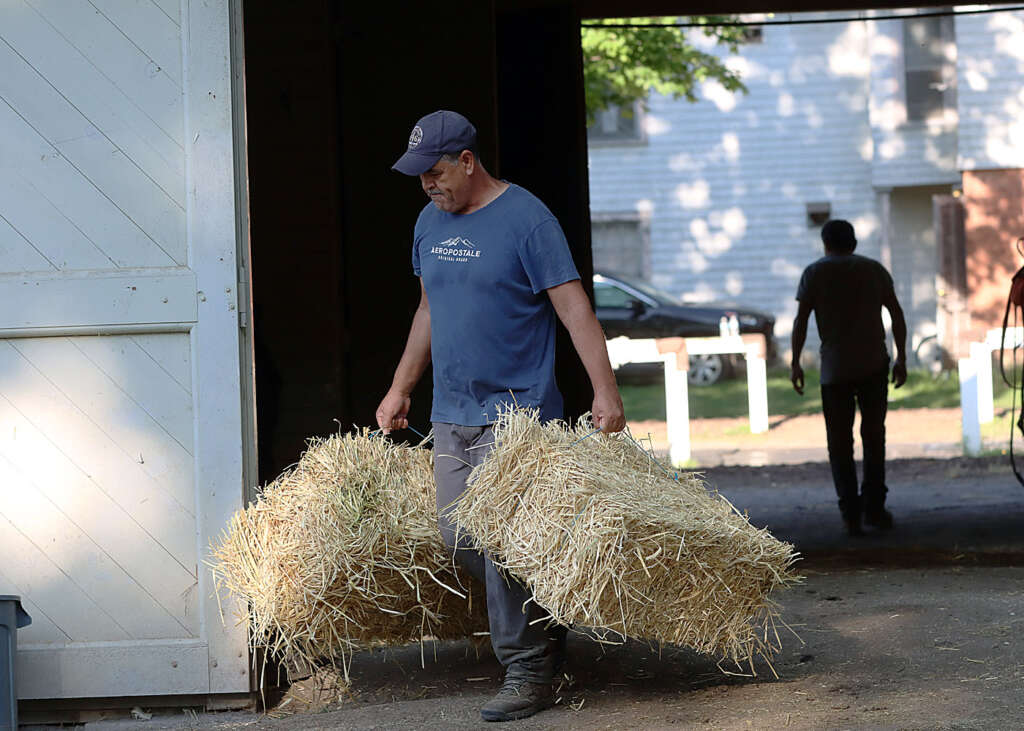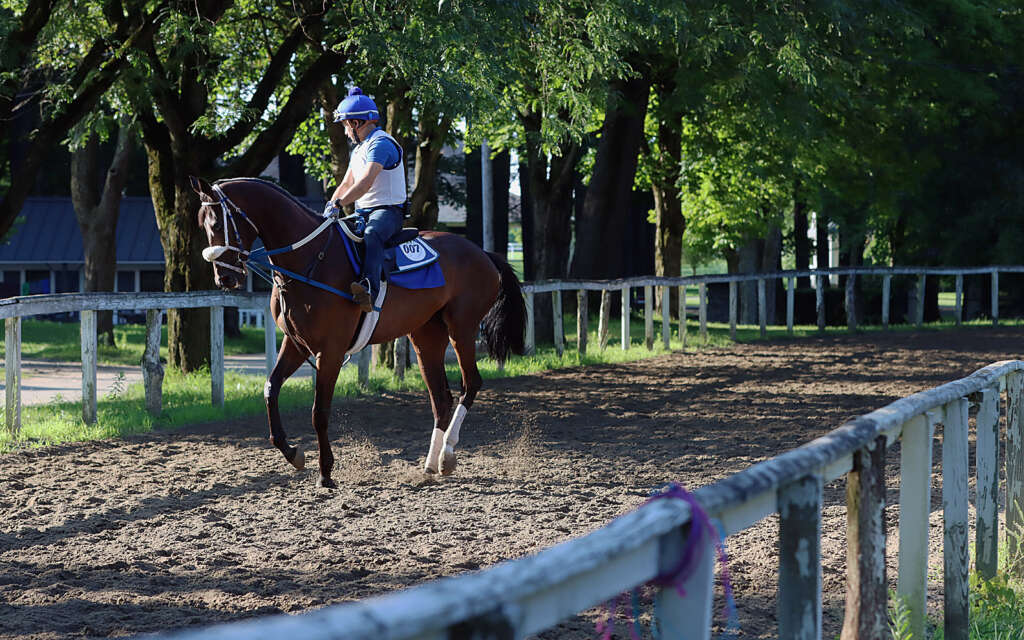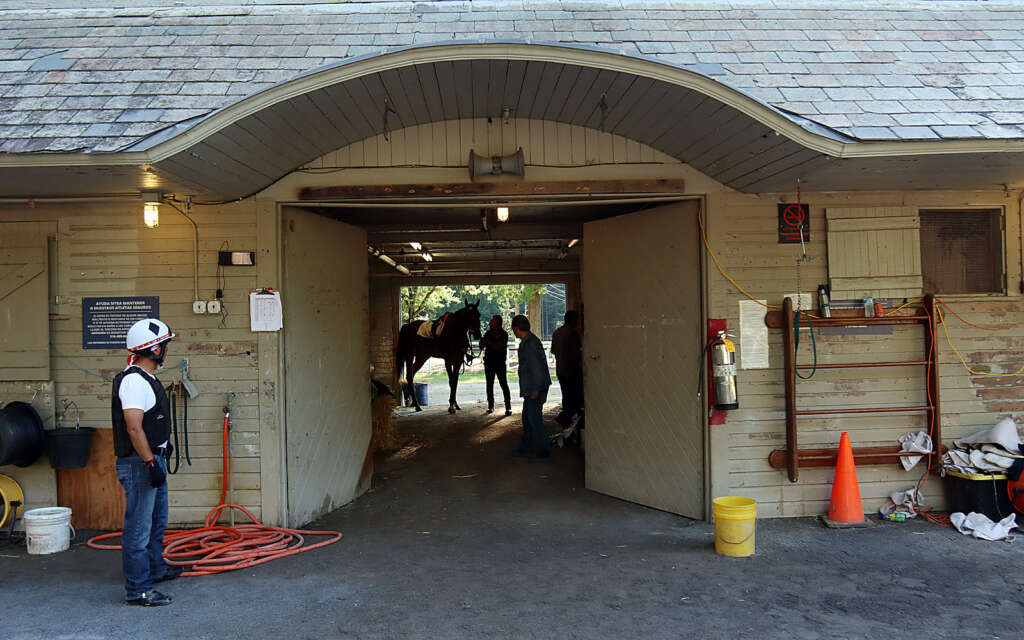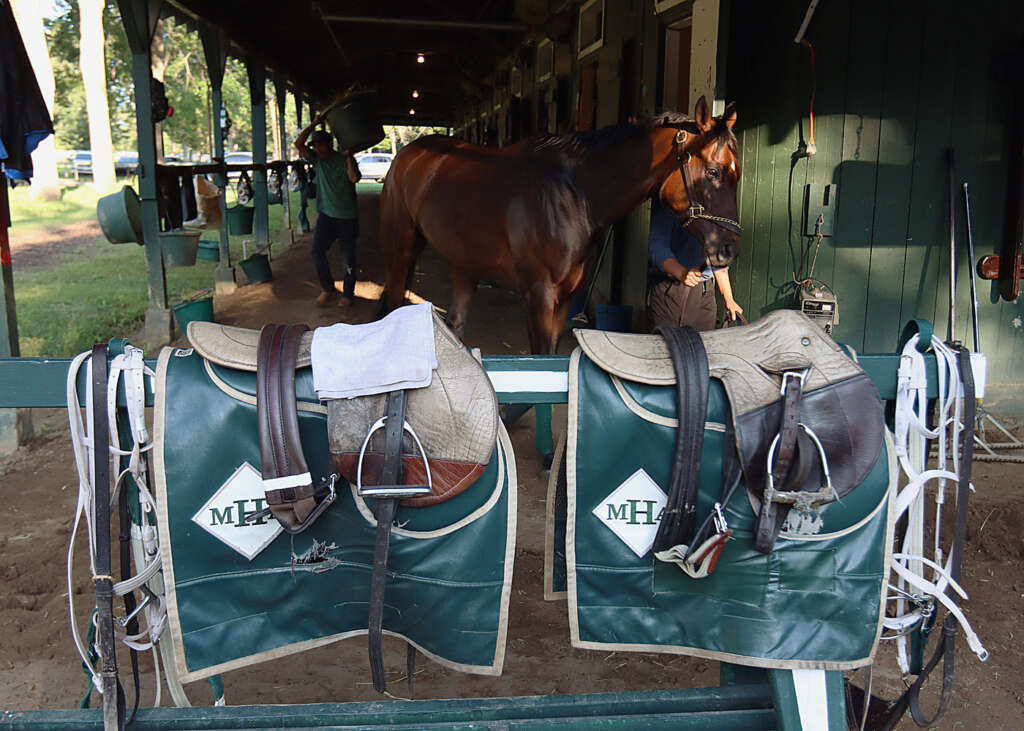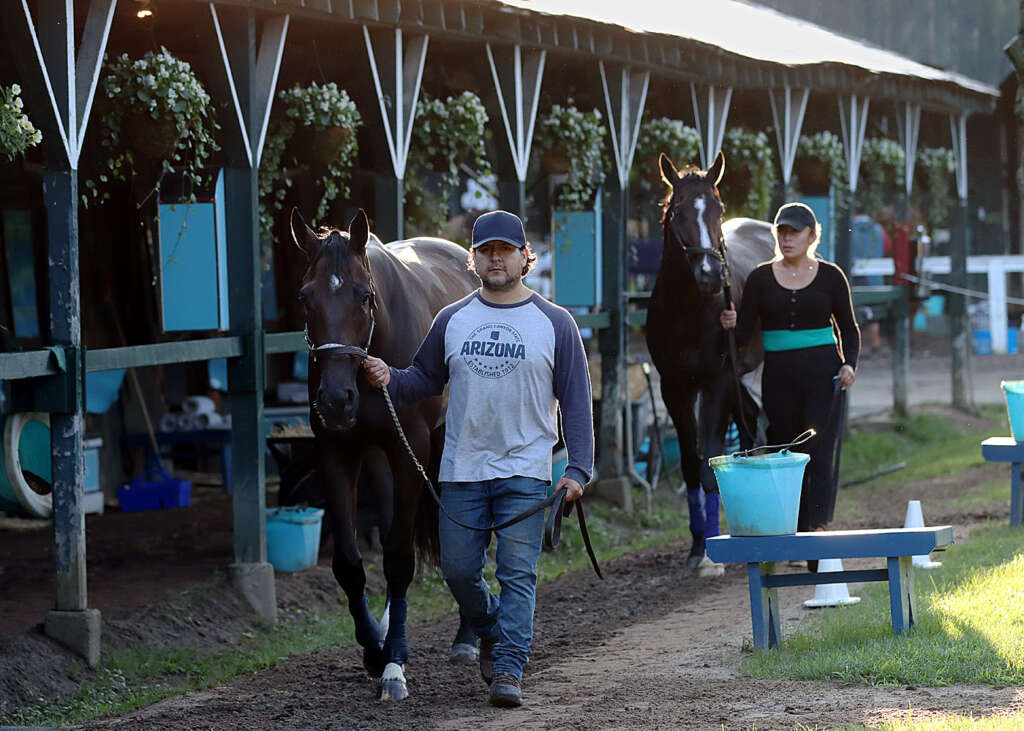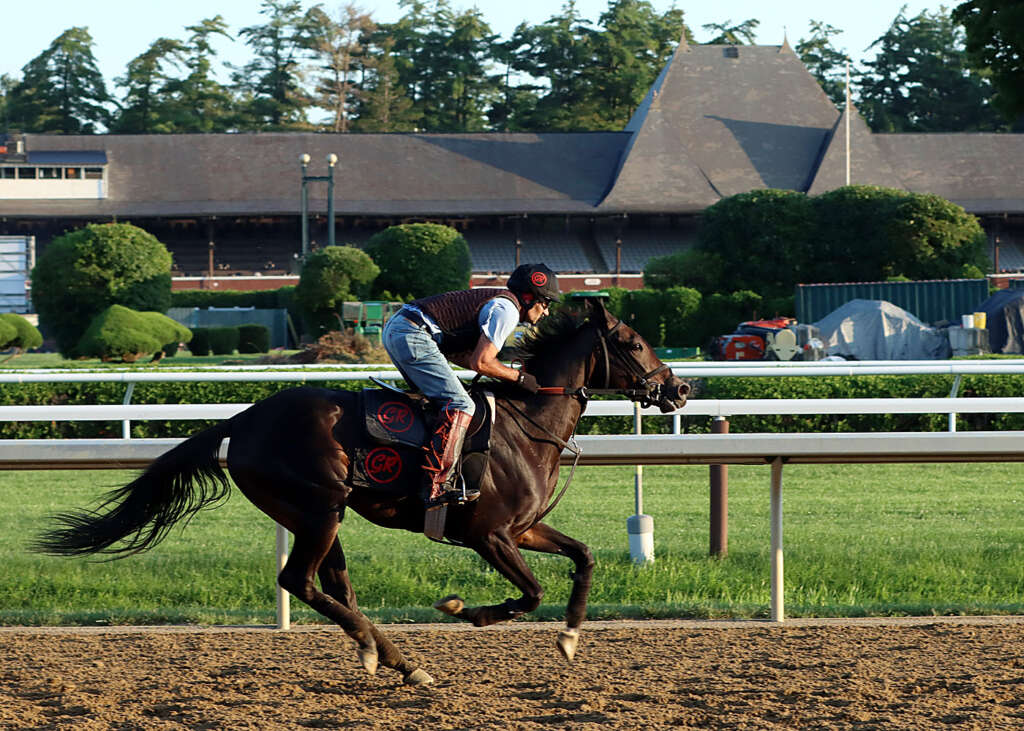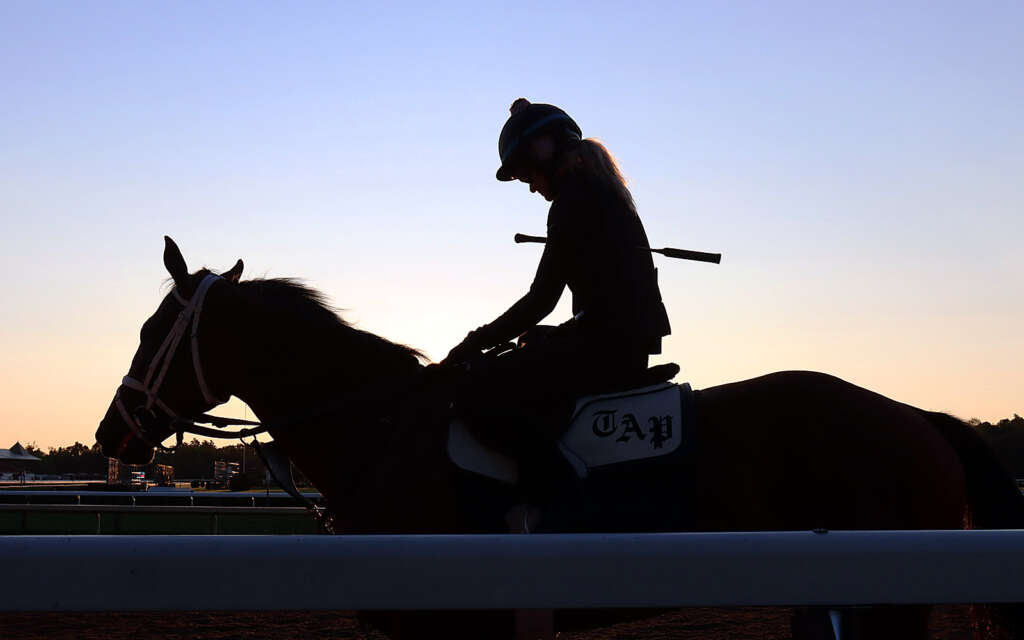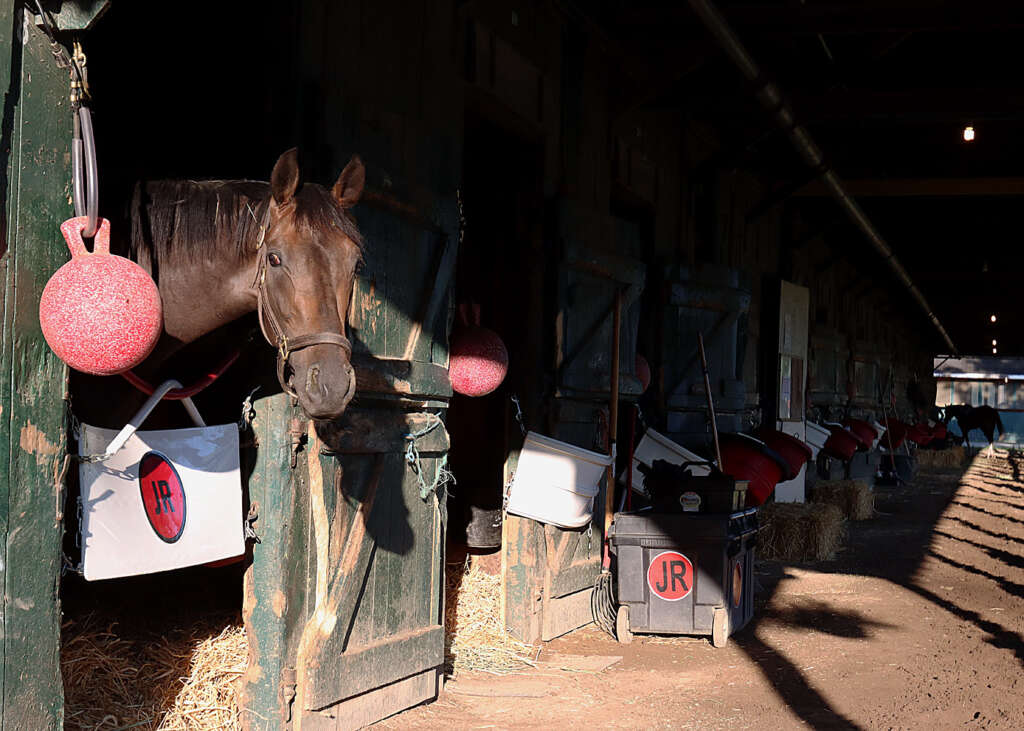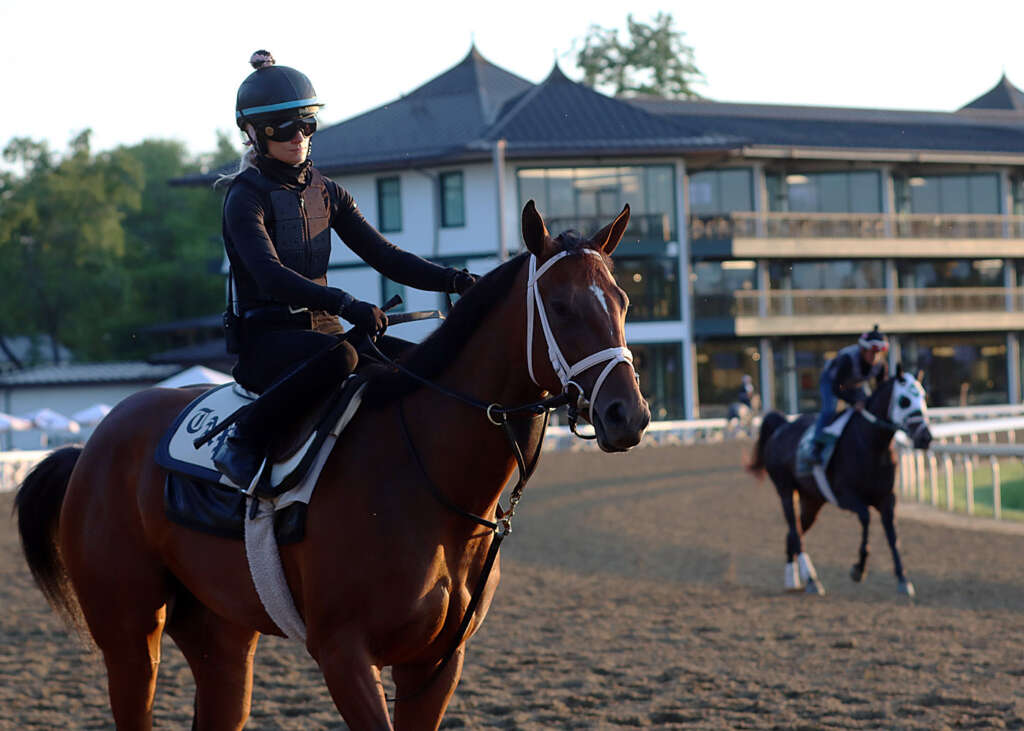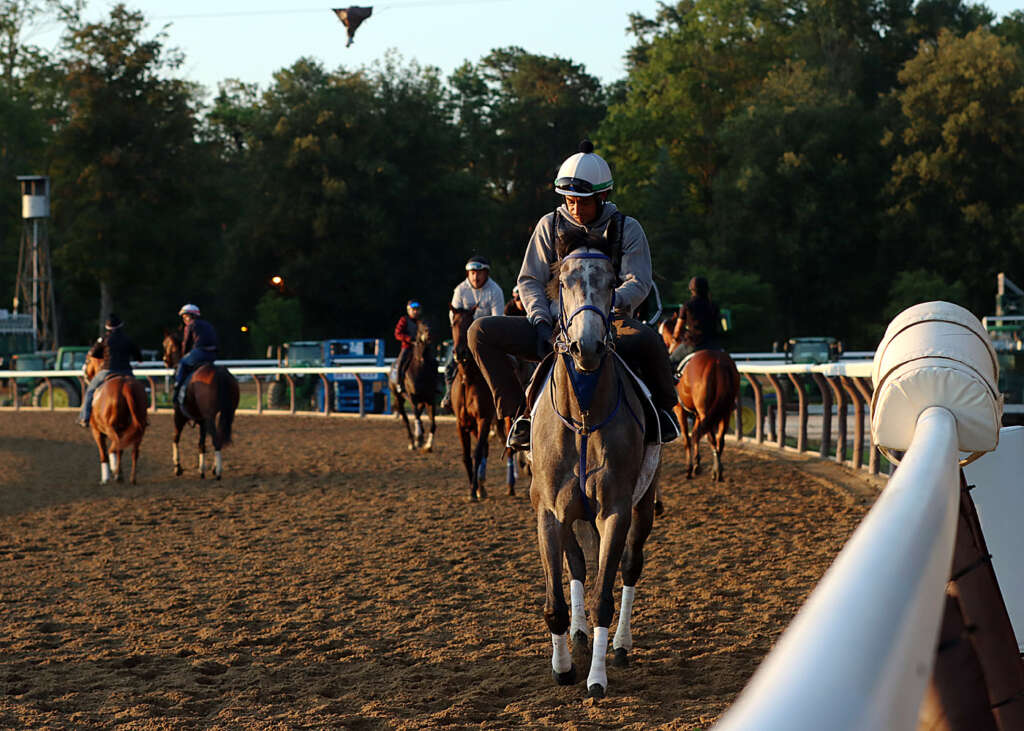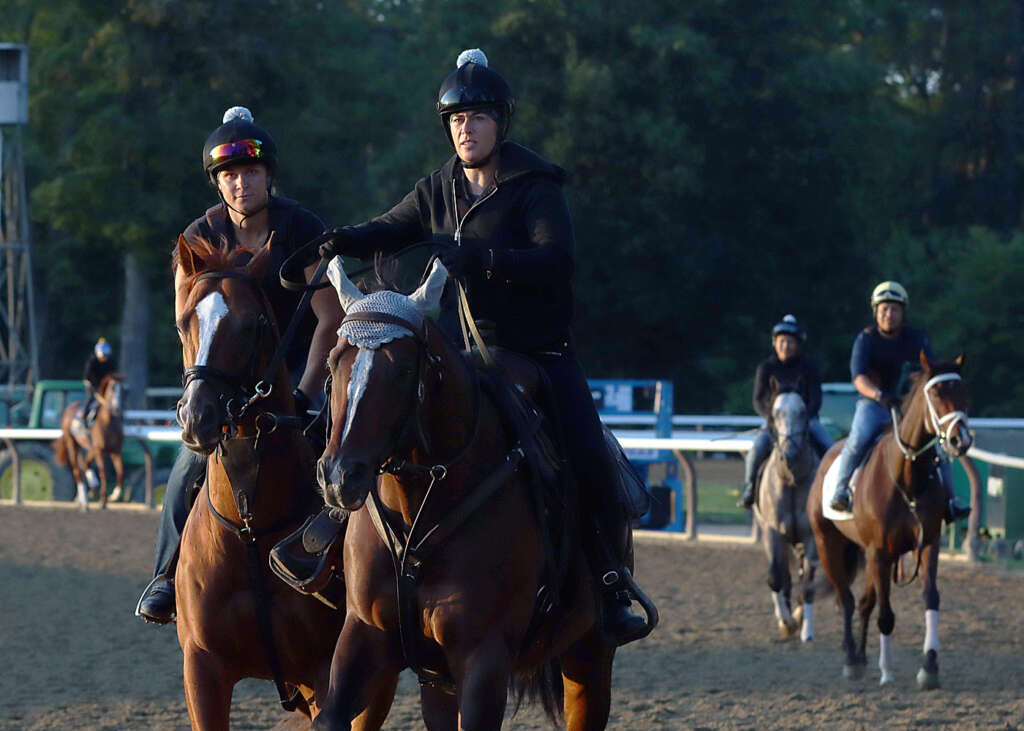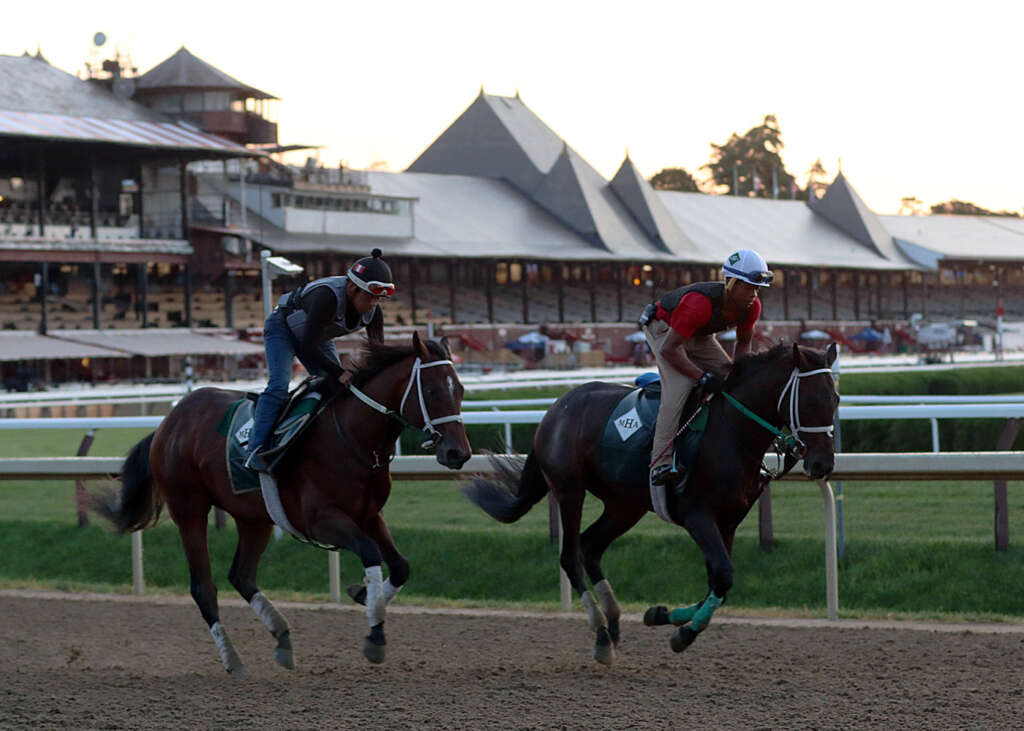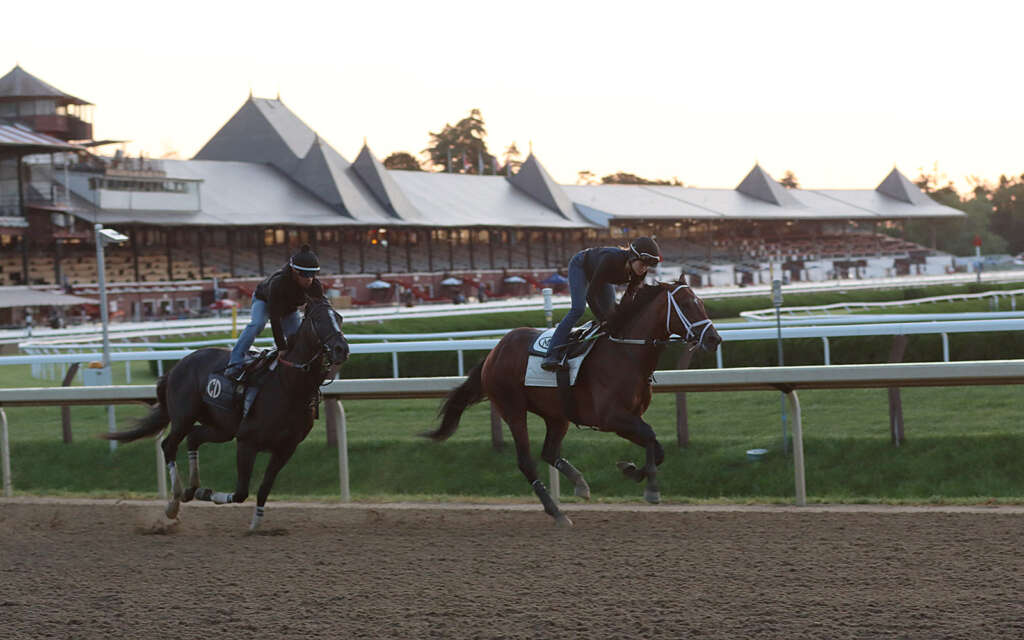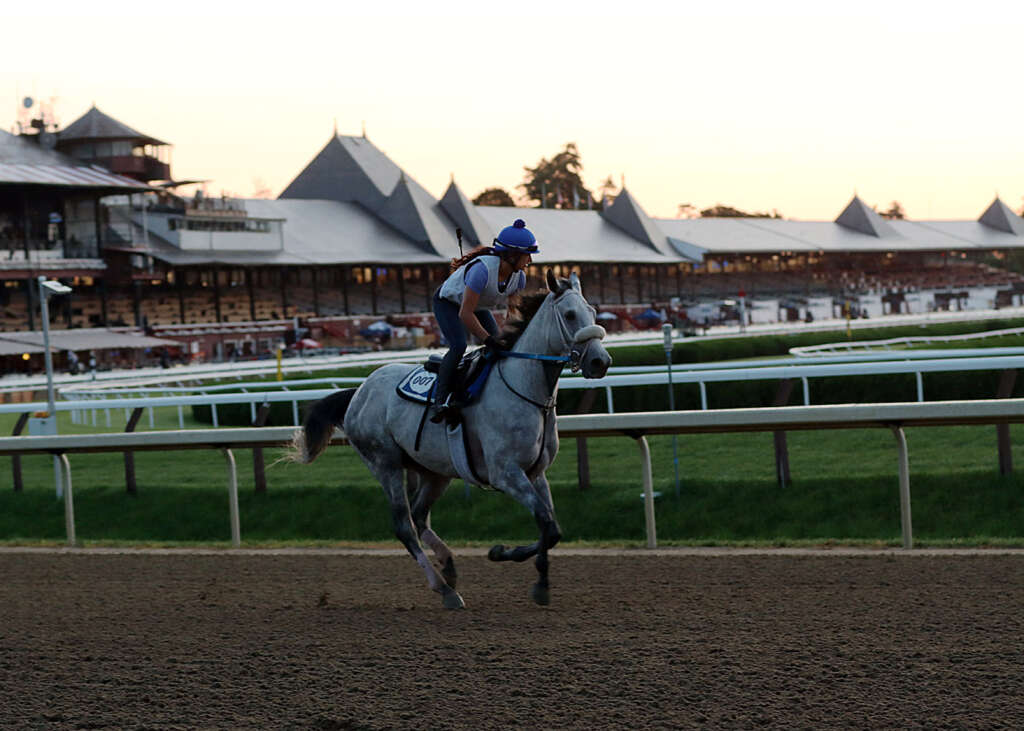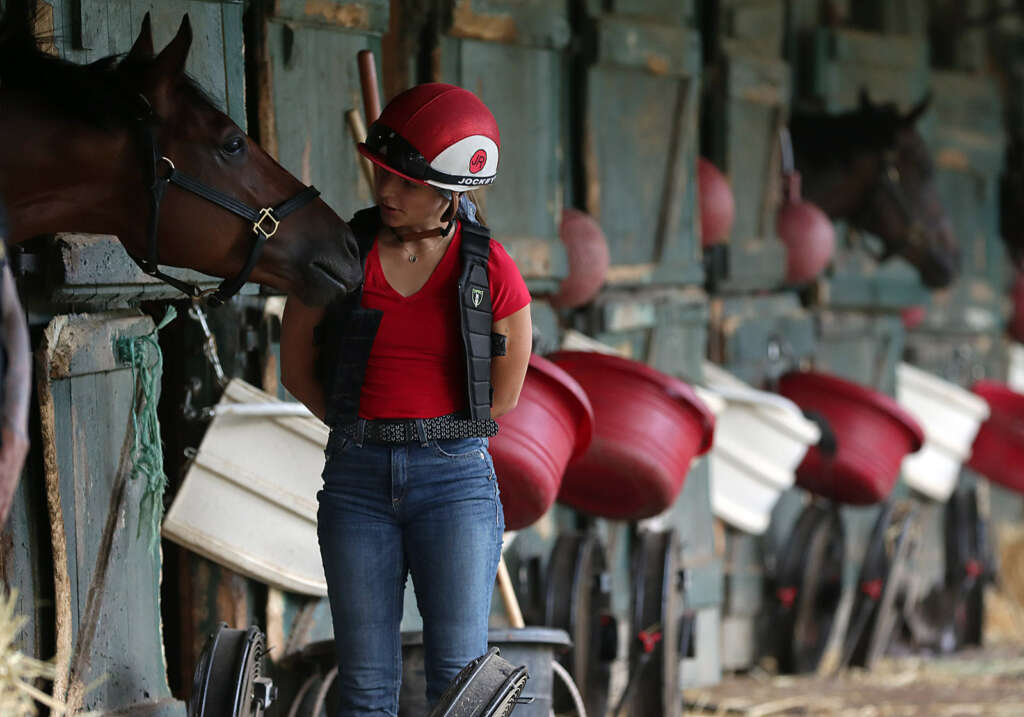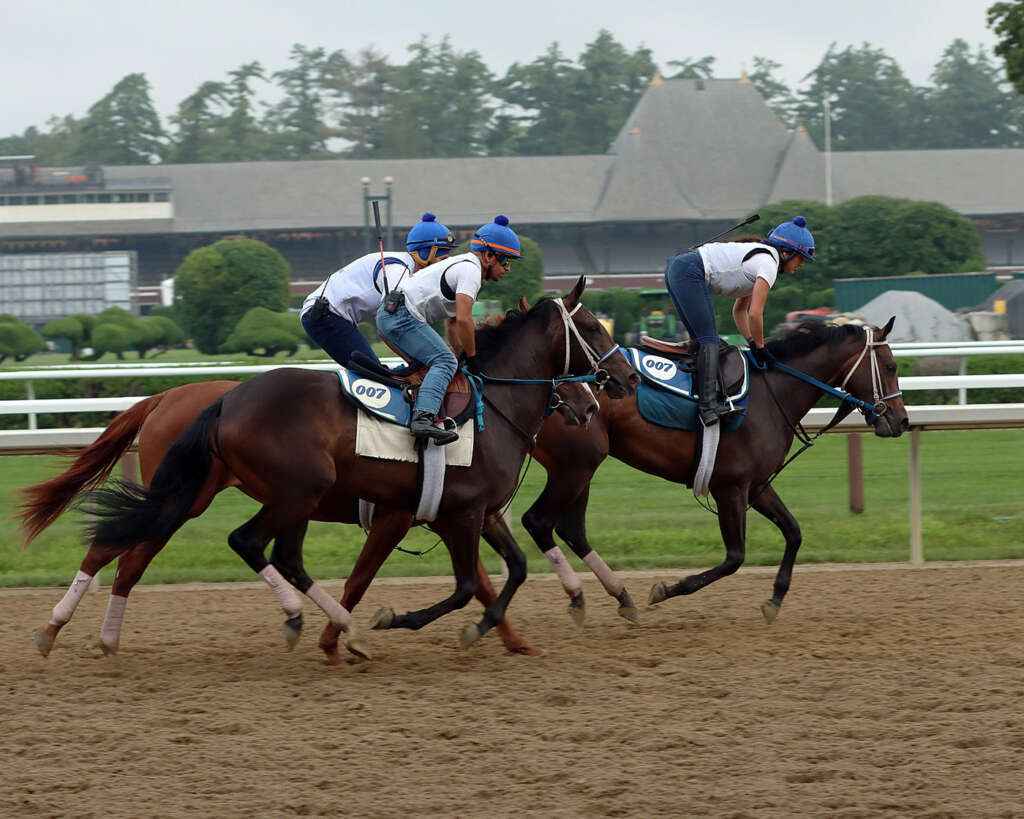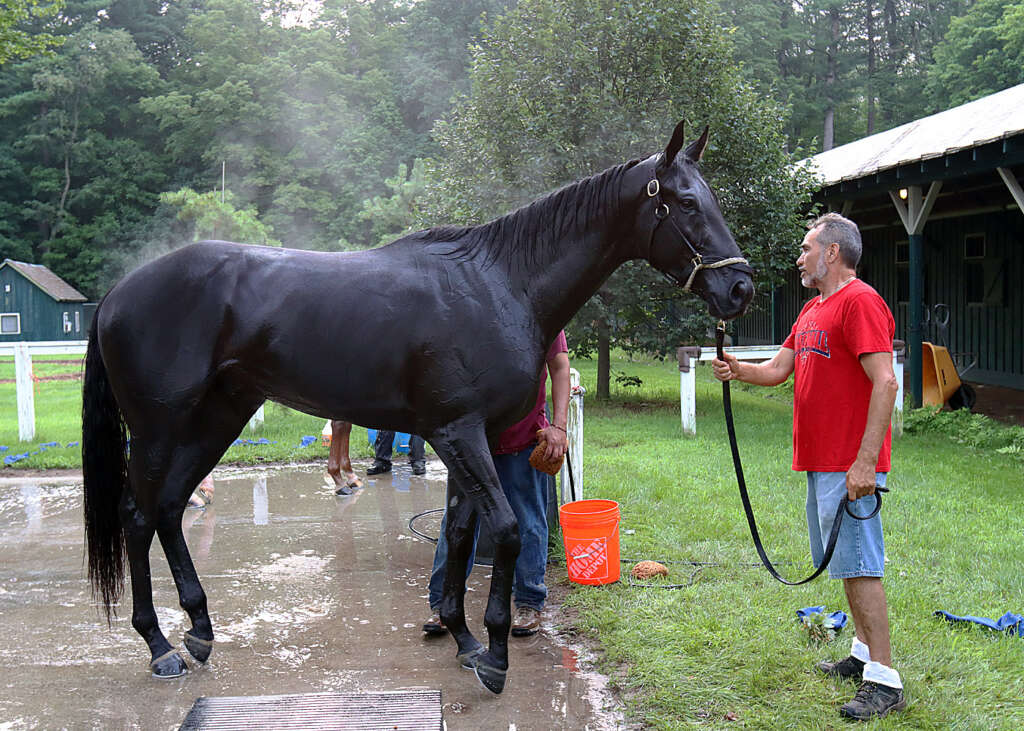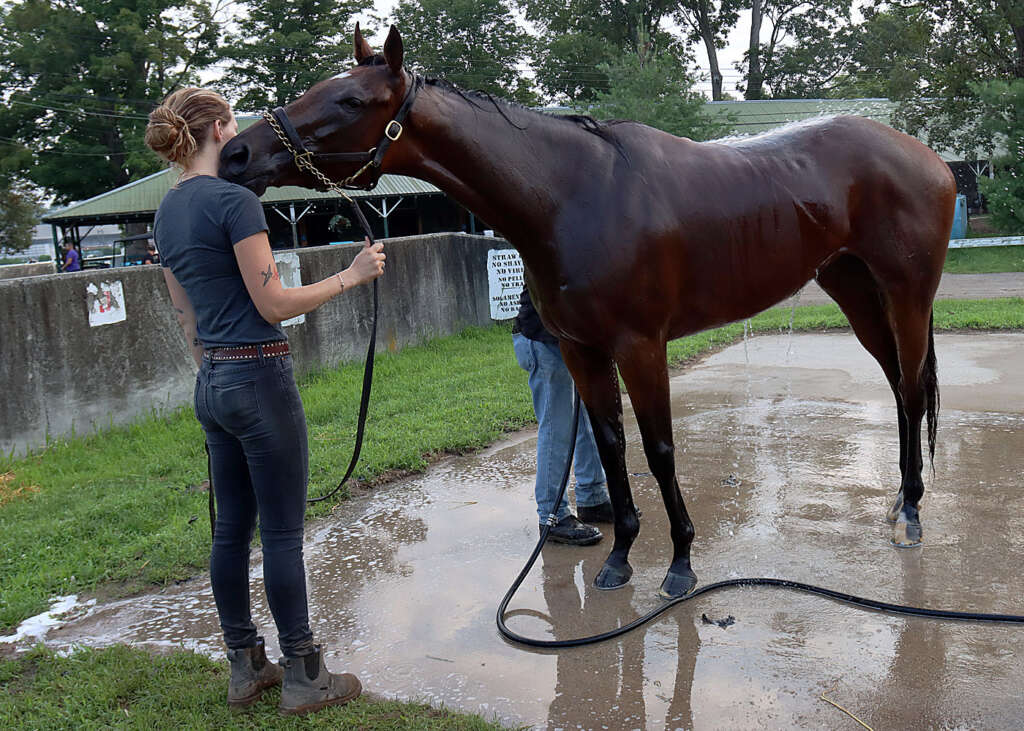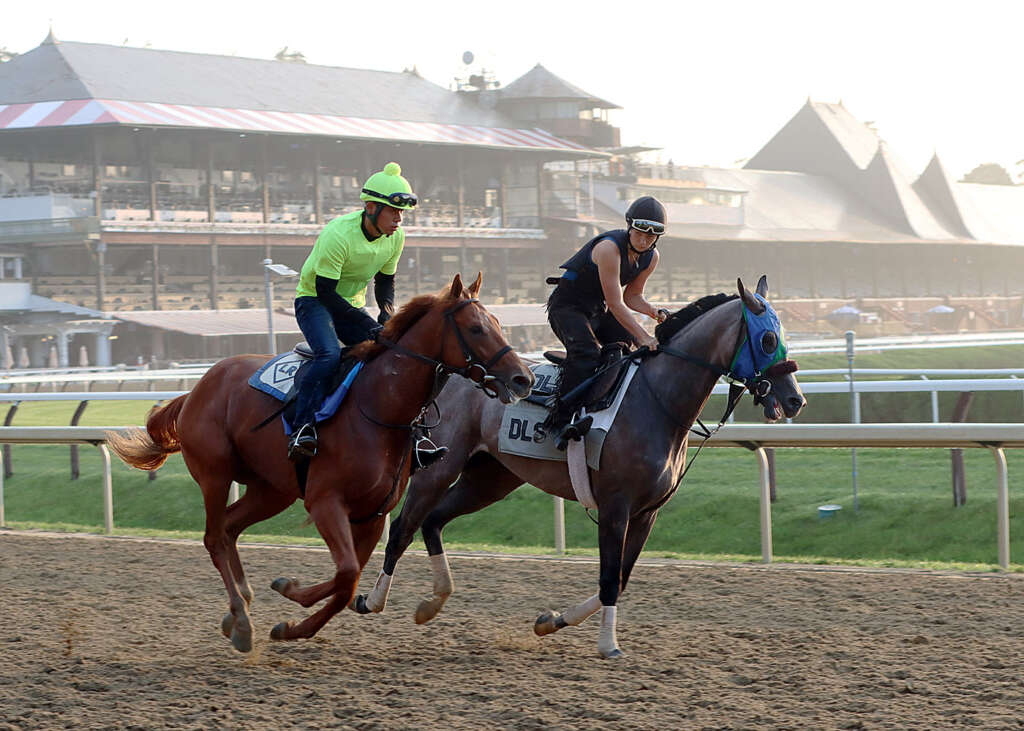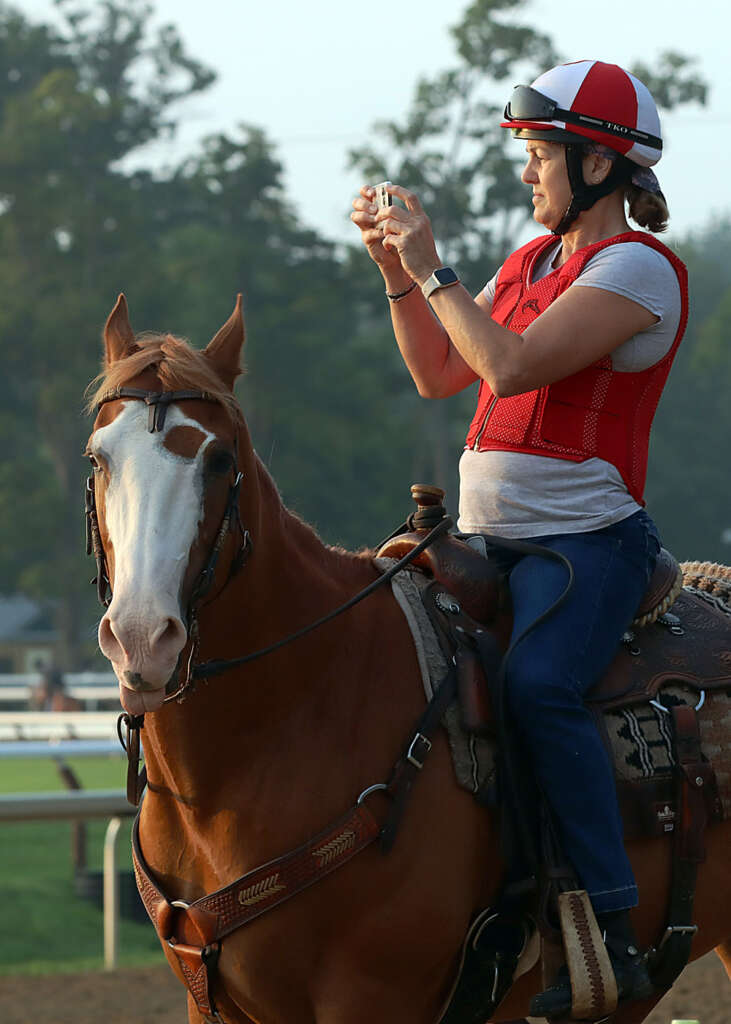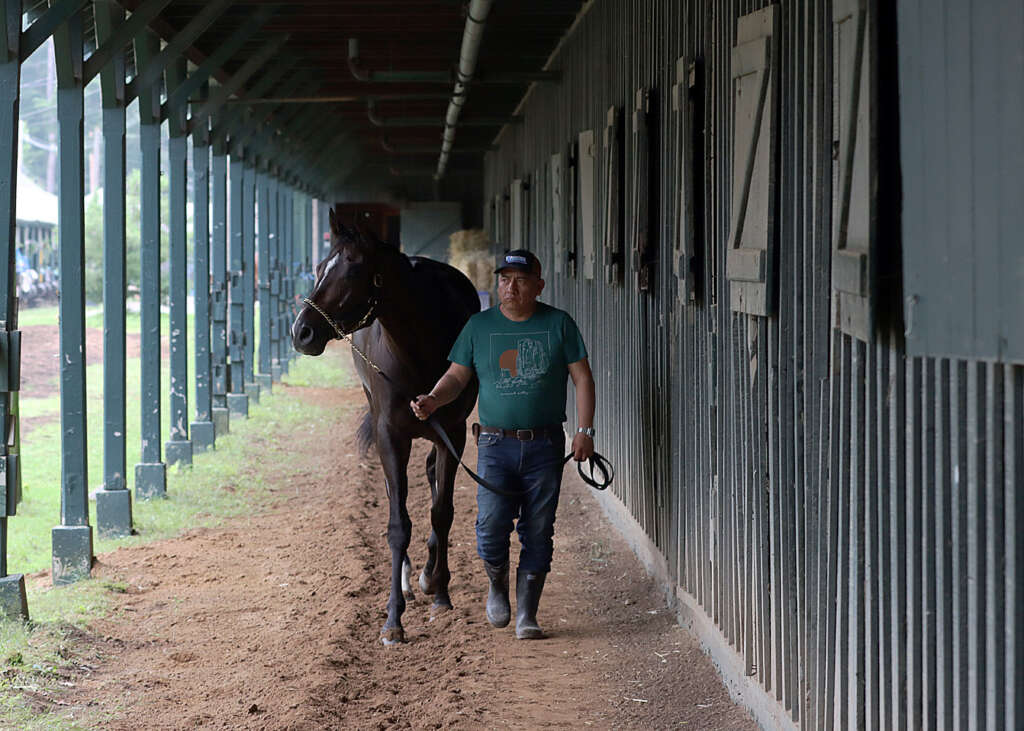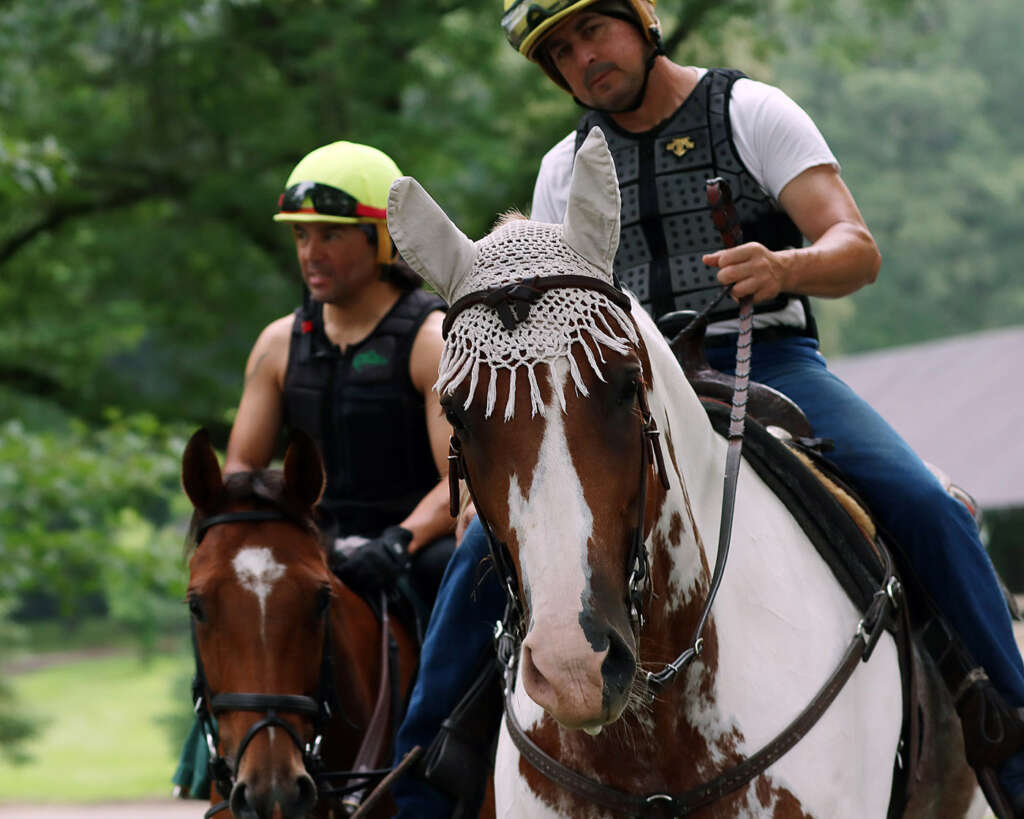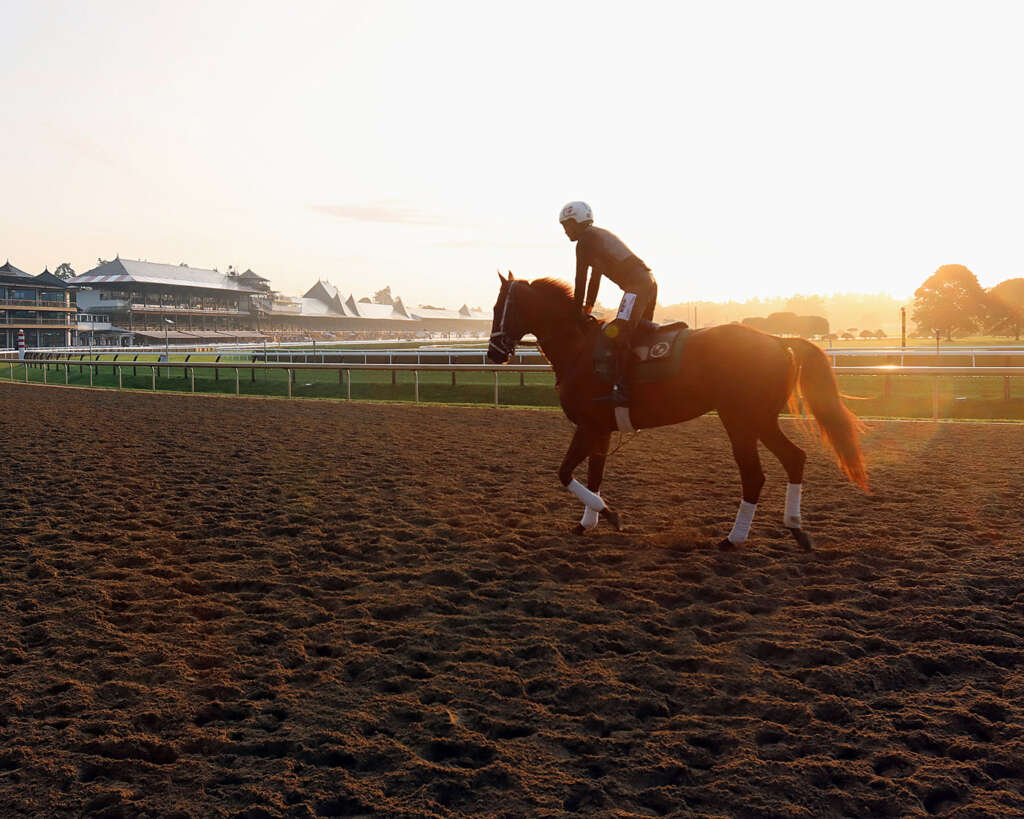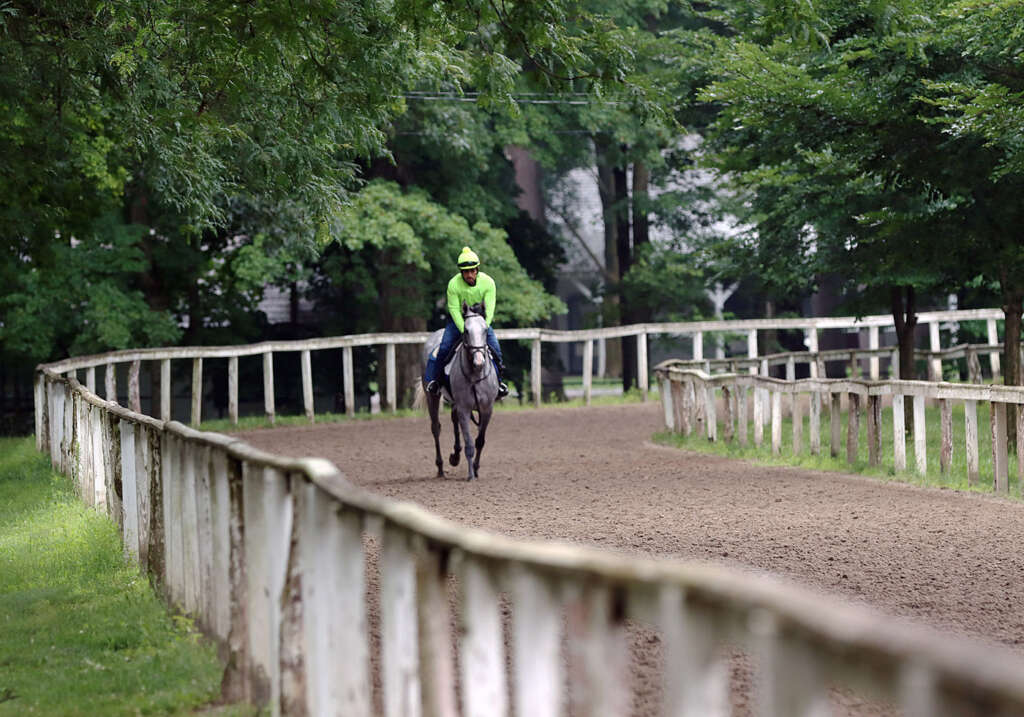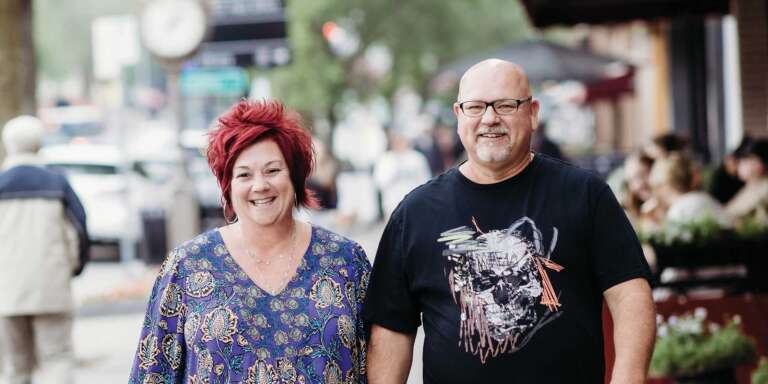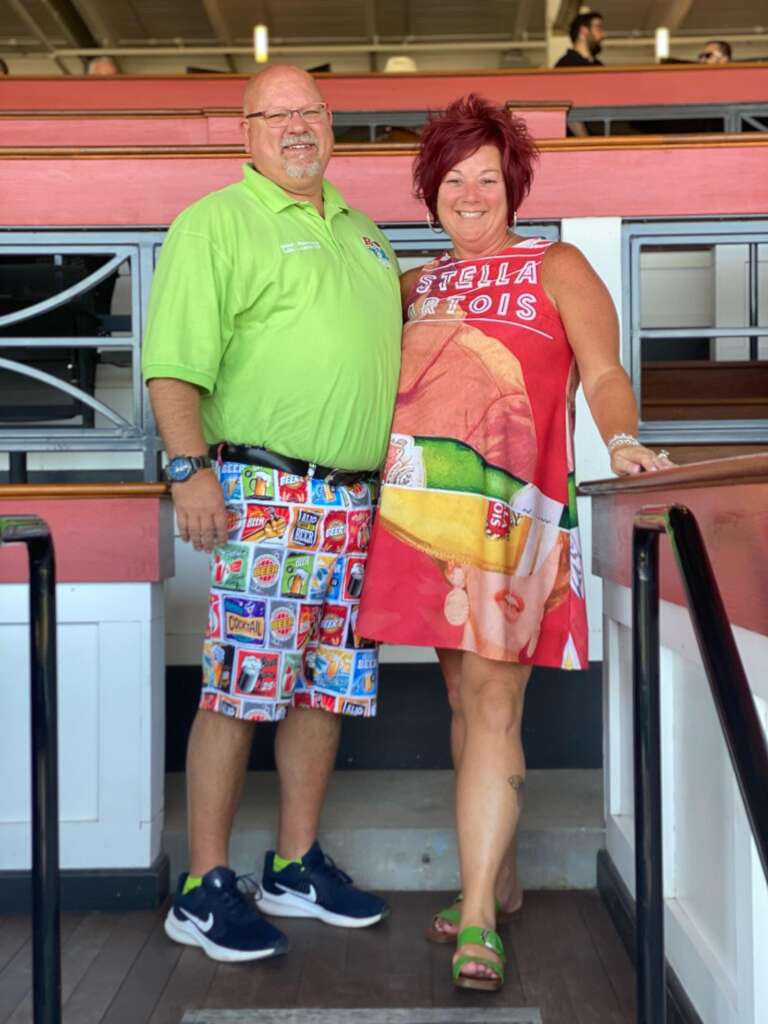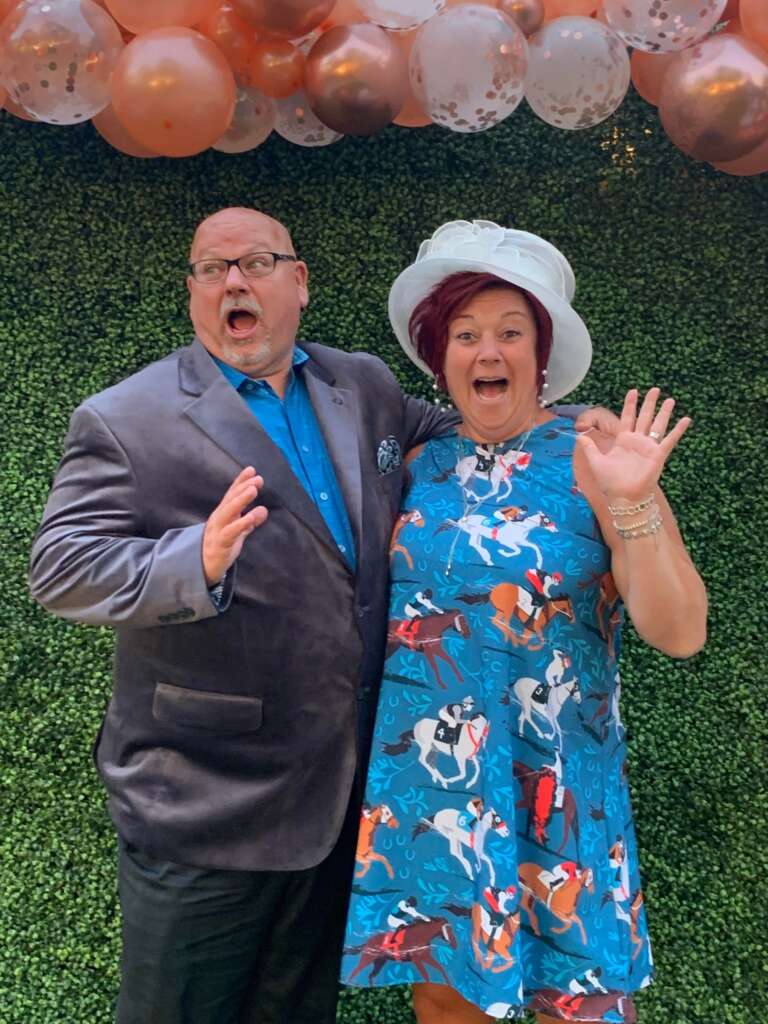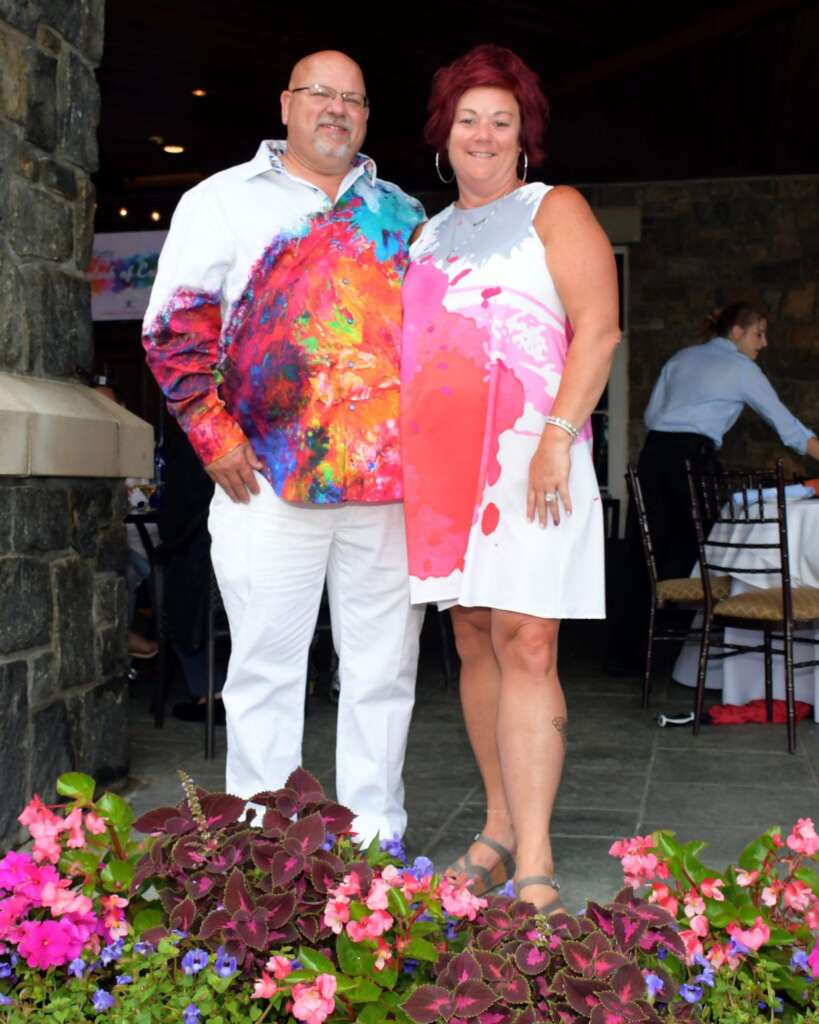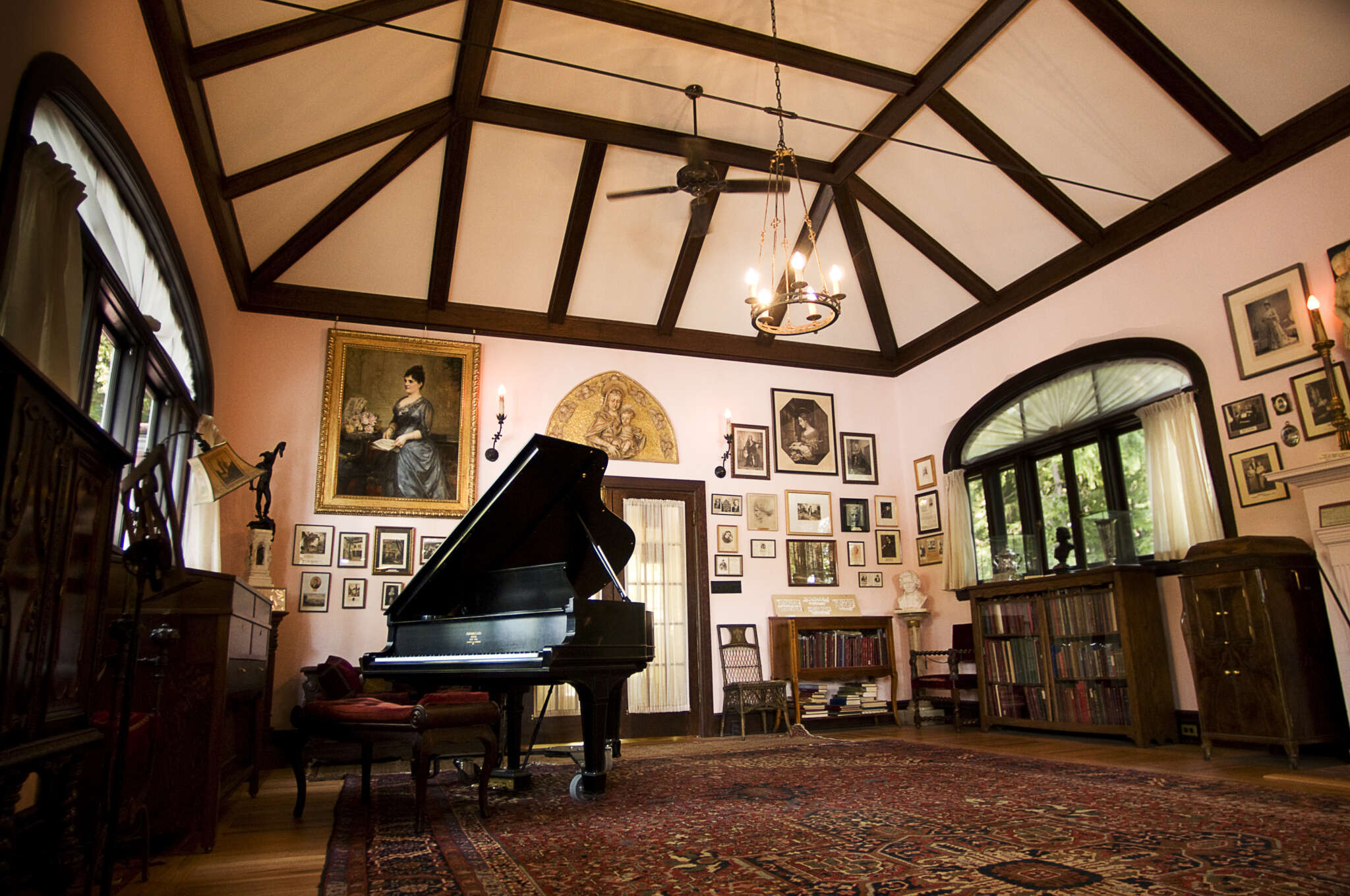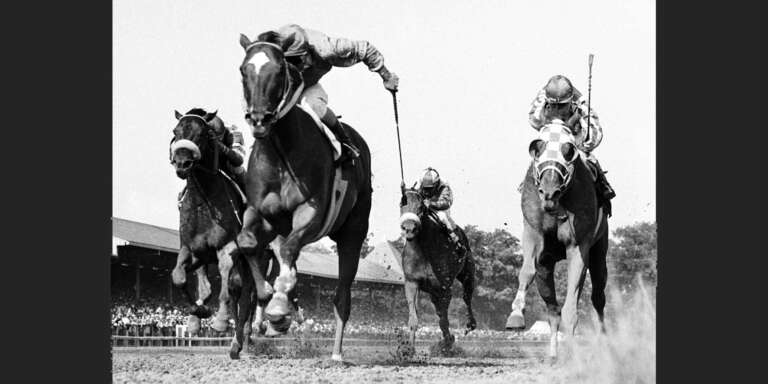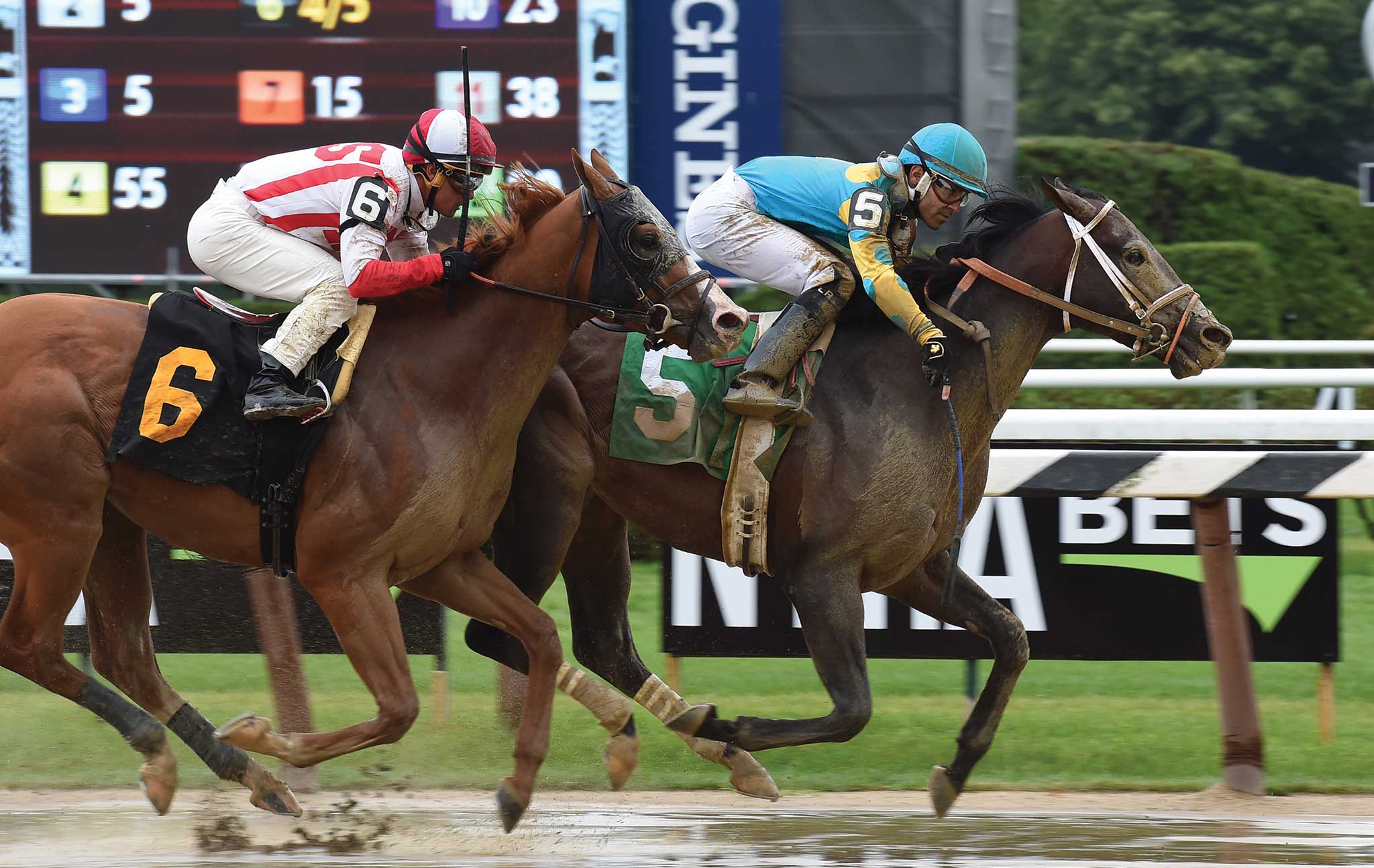These days, the Sport of Kings is no longer limited to royalty. Thanks to the recent rise of partnerships, also known as syndicates, we commoners can play, too—and even succeed at the highest level.
Just ask Saratoga resident Jack Knowlton, whose story is one of the most widely known syndicate successes. He never contemplated having a horse good enough to compete in the Kentucky Derby when he and five high school buddies casually discussed the prospect of coming together to buy a racehorse during a Memorial Day cookout in Sackets Harbor in 1995.
“I figured it wasn’t anything other than too much beer talking,” Knowlton recalls. When his friends followed up a week later, Sackatoga Stable was formed with a $30,000 stake and extremely modest expectations. Sackatoga would dabble in a lucrative program aimed at boosting racing and breeding in the state by limiting themselves to New York–breds.
That approach eventually led Barclay Tagg, their trainer, to execute a private purchase of Funny Cide as a 2-year-old in March 2002. Funny Cide was a quirky New York–bred gelding that initially appeared to have limited upside. But he developed into an imposing 3-year-old, one good enough to take Knowlton and friends in a famously humble yellow school bus all the way to the Kentucky Derby.
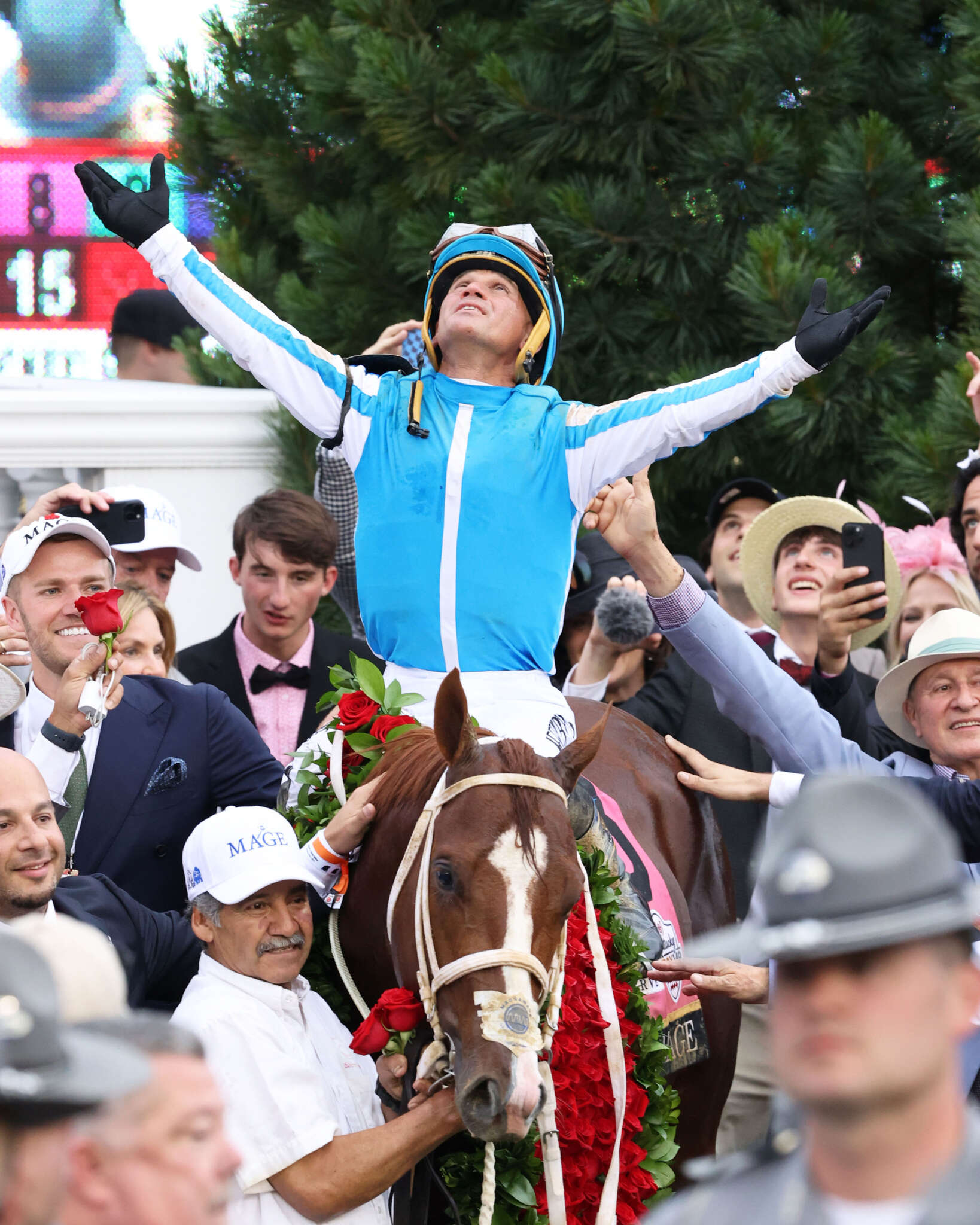
Funny Cide capped their remarkable journey by bringing home the roses—and $800,000—for his now-10 owners. Even now.
“Are you kidding me?” he says. “It was just crazy.”
There was an appearance on the Today show. There was Funny Cide beer, Funny Cide hot sauce, Funny Cide ice cream. By the time Funny Cide nabbed a win in the Preakness, he had become more than Saratoga’s horse: He was America’s horse.
The syndicate continued to grow, with Sackatoga Stable, co-owned by Ed Mitzen, opening in 2006. Fourteen years later lightning struck twice for our local syndicate-that-could. When our country was in the throes of a pandemic-created lockdown and jonesing for uplifting stories and heroes to root for, Sackatoga and Tagg completed the business that eluded Funny Cide—New York–bred Tiz the Law completed their personal Triple Crown by winning the Belmont Stakes. He later won the Travers Stakes and then placed second in the Kentucky Derby on the first Saturday in September as part of a schedule altered by Covid.
Sackatoga’s ability to soar to national prominence not once but twice demonstrates that the odds can be overcome. In modern horse racing, the commoner can feel like a king every now and then.
“If the rich guys bred the best to the best and always won, there wouldn’t be any room for the little guys,” Knowlton said. “A good horse can come from anywhere.”
Partnerships like Sackatoga allow ordinary folk to be part of the pursuit of horse racing greatness. That’s what Saratoga-based entities such as Adelphi Racing Club, Blue Lion Thoroughbreds, Bond Racing Stable, Dream Maker Racing and “Sunny Jim” Fitzsimmons Racing are chasing. There are national outfits, such as Eclipse Thoroughbred Partners, Starlight Racing and West Point Thoroughbreds, that are in on the partnership game, too. And then there are Commonwealth and MyRacehorse, which offer even smaller “micro shares” in horses for less than $100 per share.
MyRacehorse joined forces with West Point and others to take its shareholders on a wonderful journey when Authentic fended off Tiz the Law in the Derby. And this spring, when Commonwealth’s long shot Mage won the Run for the Roses, almost 400 partners shared in that magical moment.

Even those who start out with what appear to be minimal financial interests can feel very much a part of it all and feel the excitement of literally having a horse in the race. As trainer H. James Bond of Mechanicville says: “That’s their horse. That’s their sports team.”
Saratoga’s Tom Durkin, one of the greatest track announcers of all time, was one of more than 4,000 micro-owners of Authentic, who captured the Derby over Tiz the Law in 2020. While Durkin owned only a 2 percent stake, rest assured—he enjoyed 100 percent of the fun. “I’ve called the Kentucky Derby, which is a thrill in itself,” Durkin says. “But being in that winner’s circle and watching that horse come under the wire first, it’s totally different. One of the reasons is that, when I’m calling a race, I cannot go berserk. And when that horse crossed the finish line, berserk is the way you pretty much could have described me.”
As for that seemingly inconsequential 2 percent stake, Durkin says, “I got a pretty nice paycheck, I’ve got to tell you. Two percent of a Derby winner…That’s a couple of European vacations, baby!”
But the horse doesn’t have to be a star and the purse doesn’t have to be hefty for the experience to be priceless. Knowlton recalls a partner who began to cry upon entering the winner’s circle at Saratoga Race Course. Indeed, investors gain an insider’s view of racing with access to the barn area, the paddock, good seats, special events for partners and perhaps even a celebration in the winner’s circle.
Says Bond of his repeat customers: “They all didn’t make money, but they had a great time. We’re in the entertainment business.”

